Plants and Arthropods Friends or Foes? www. plantcell.

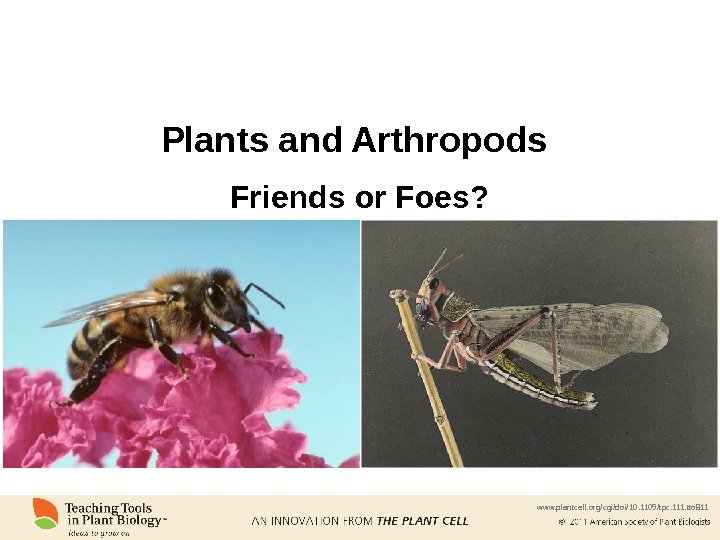


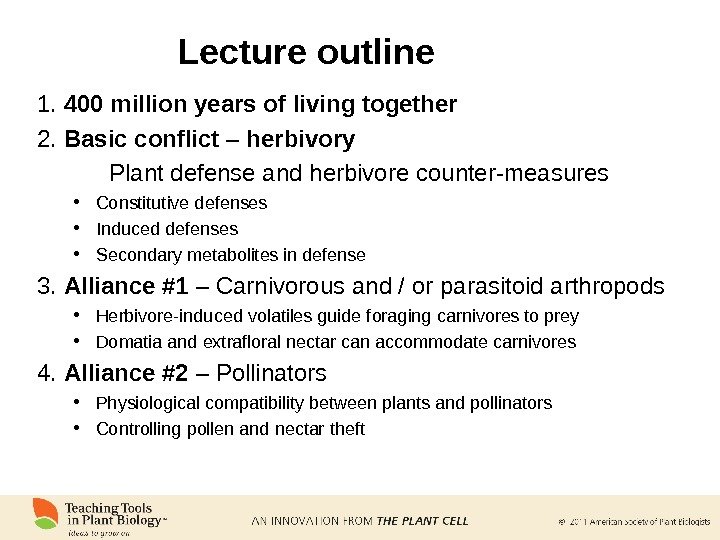
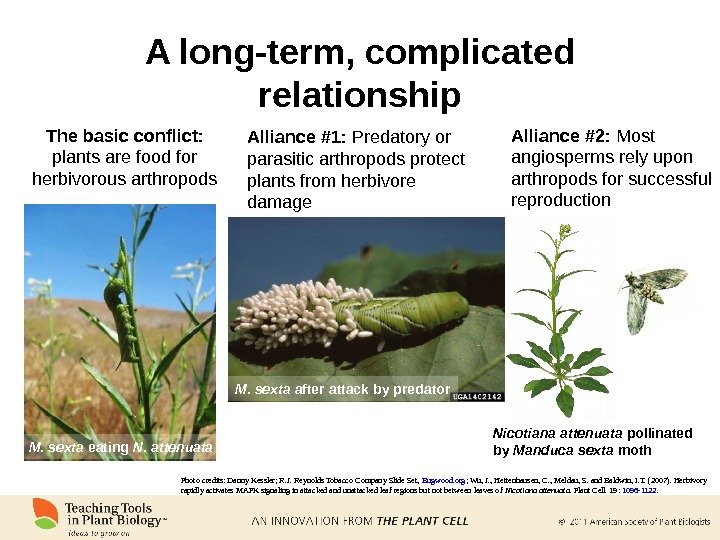
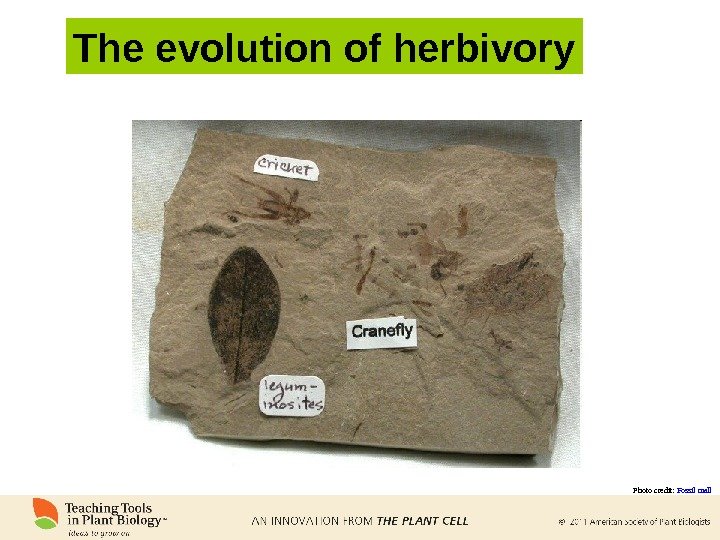

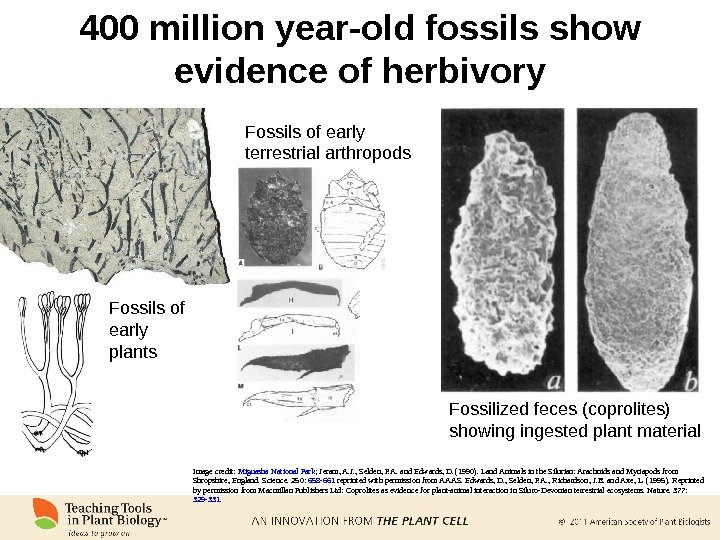
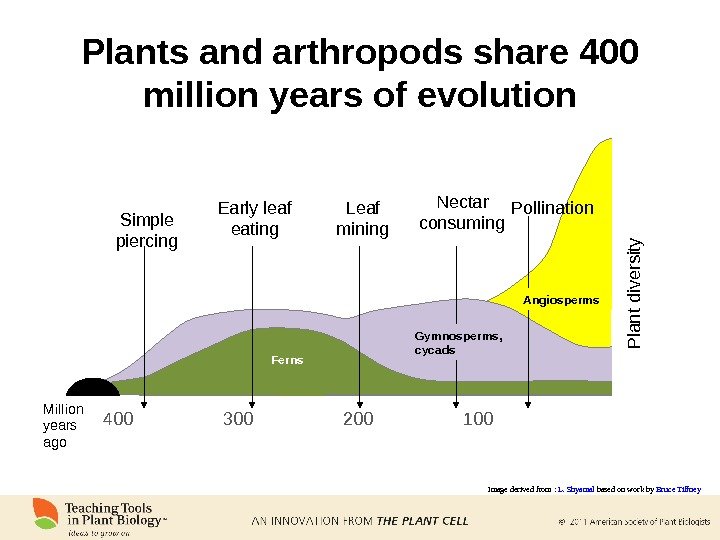
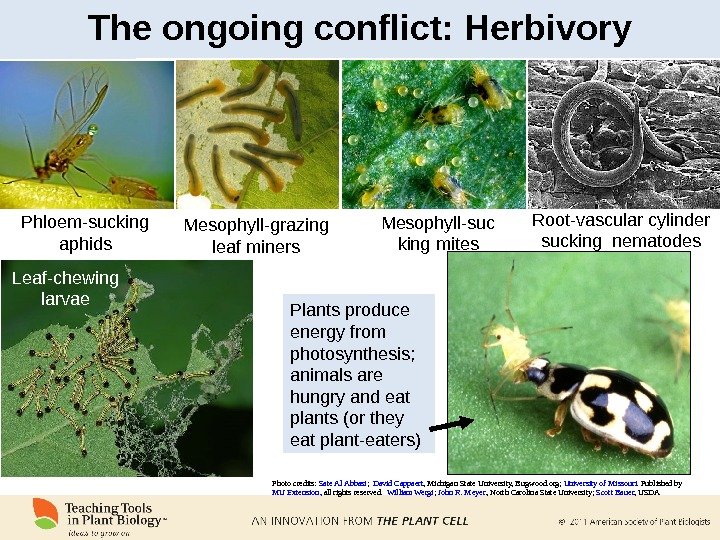
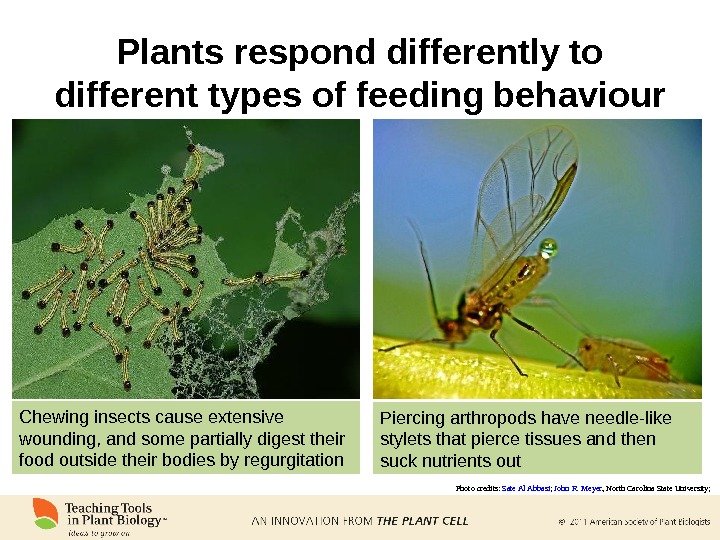
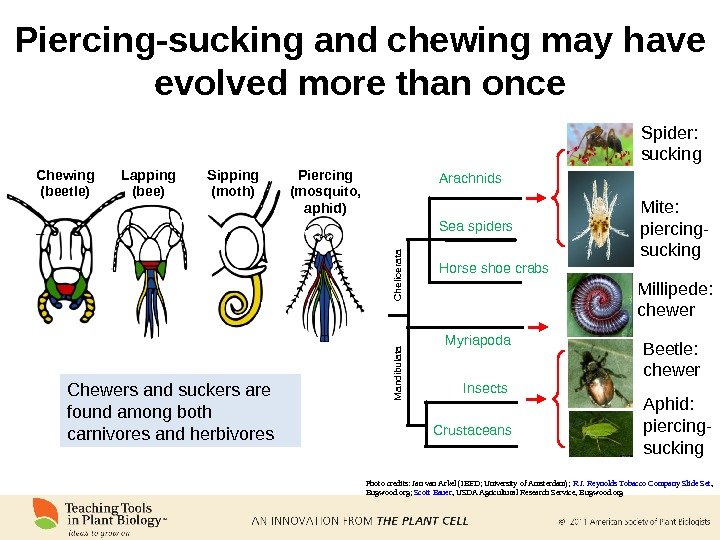
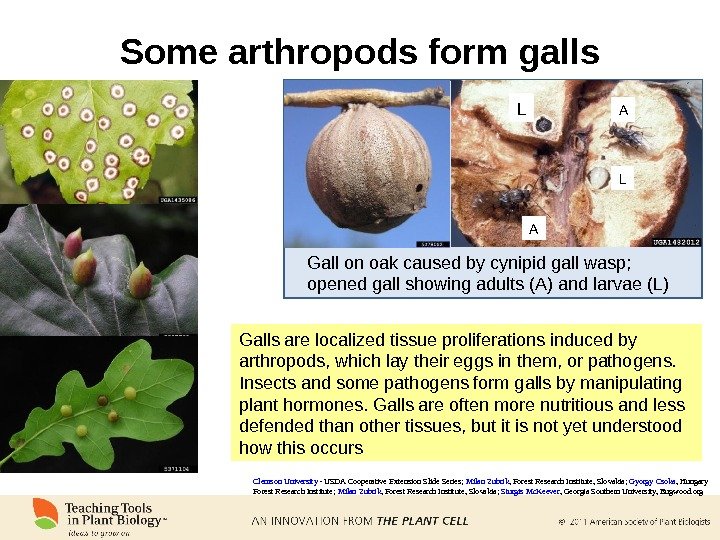
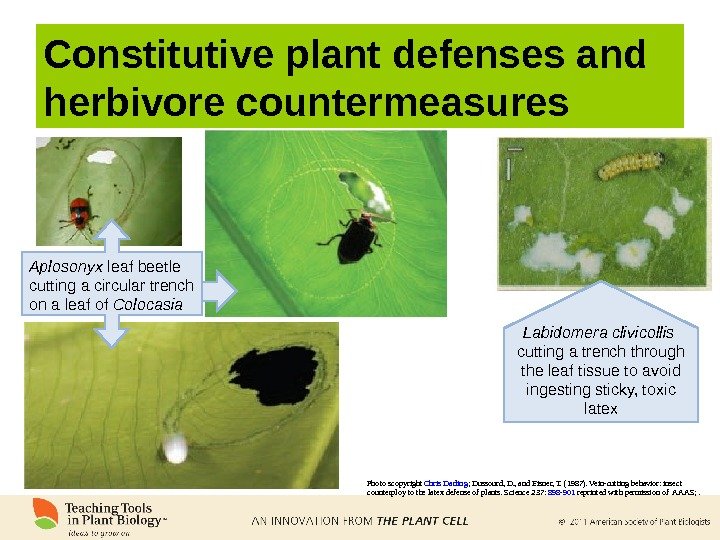
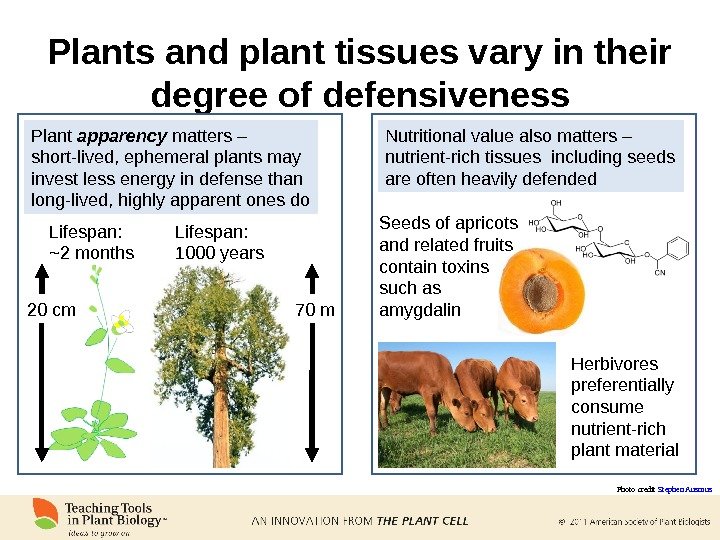
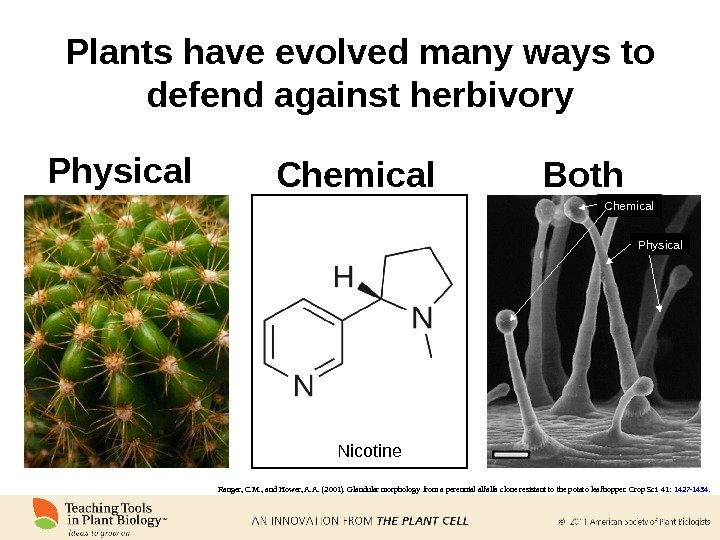
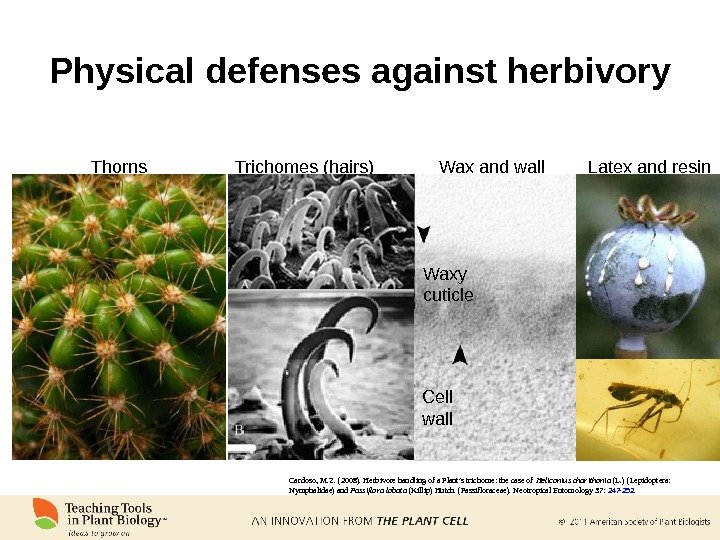
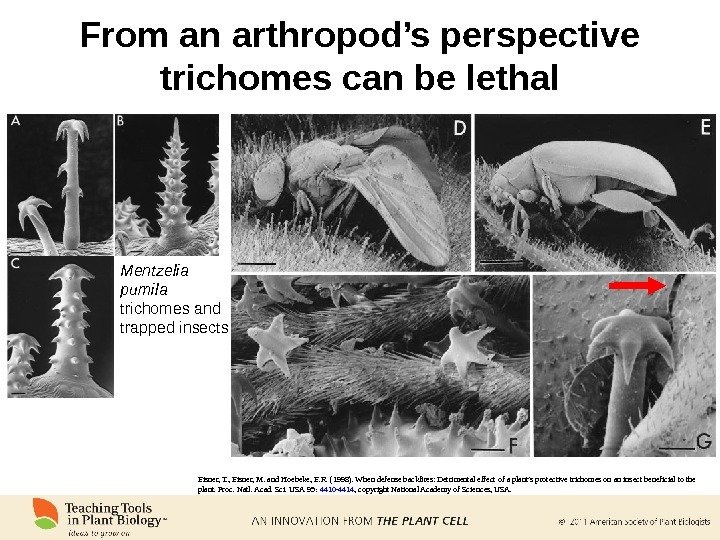
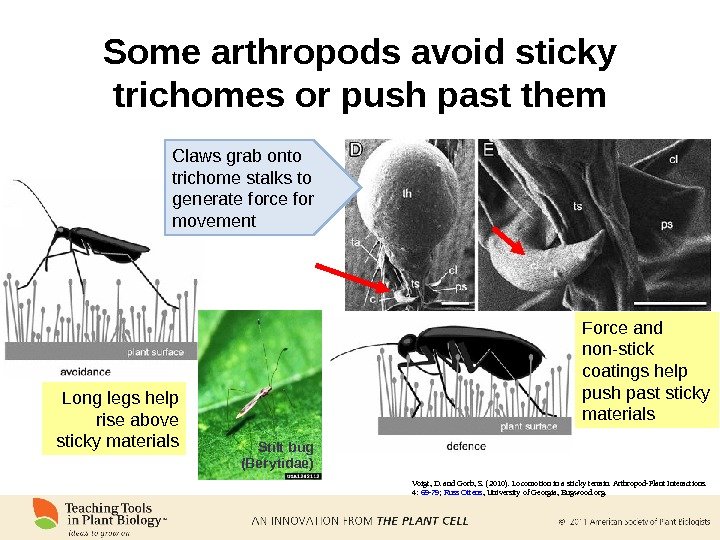

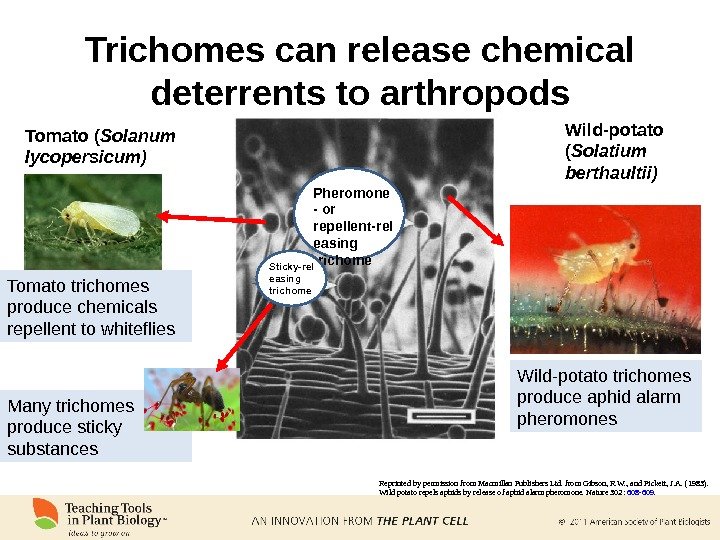
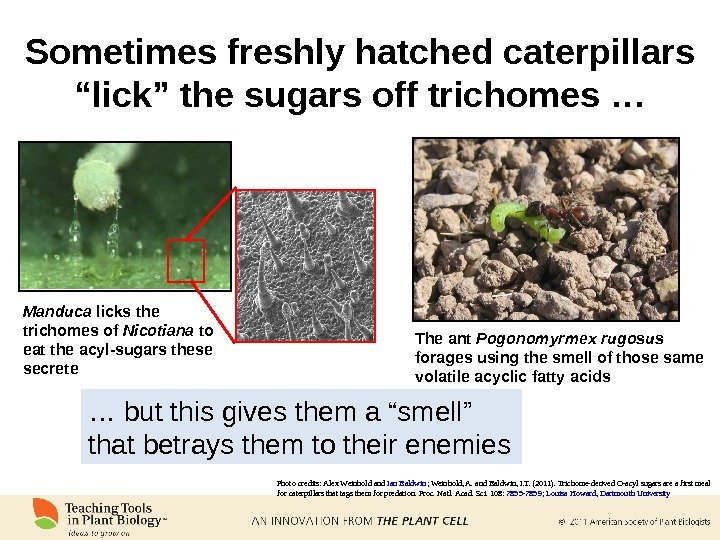
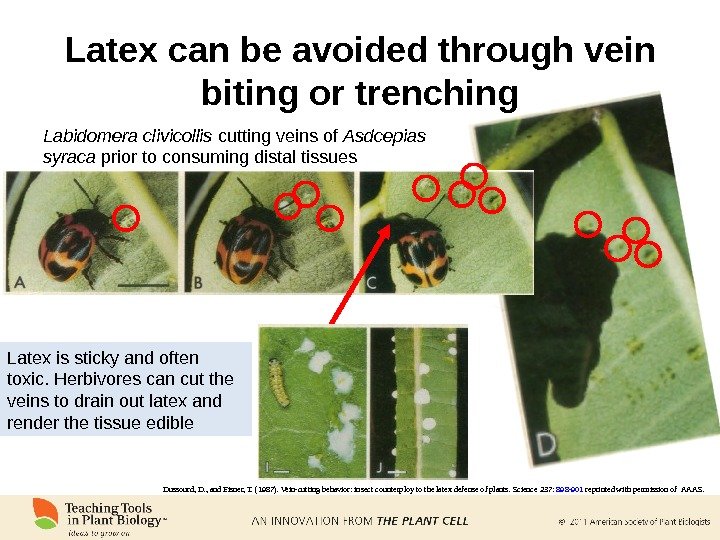

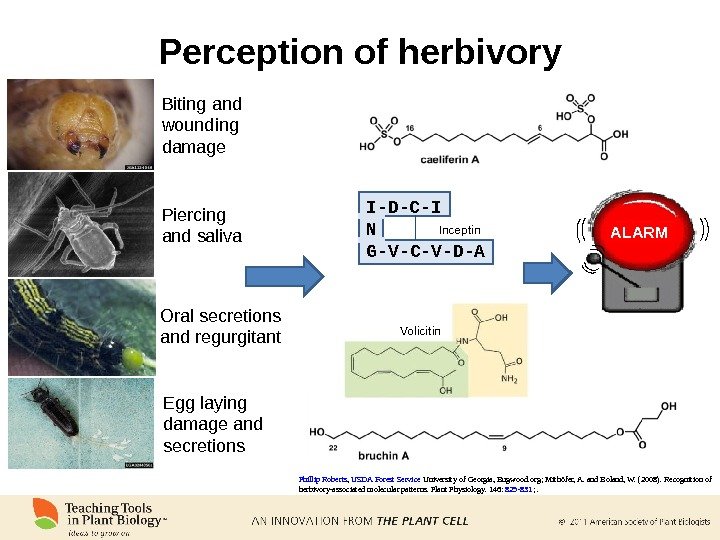
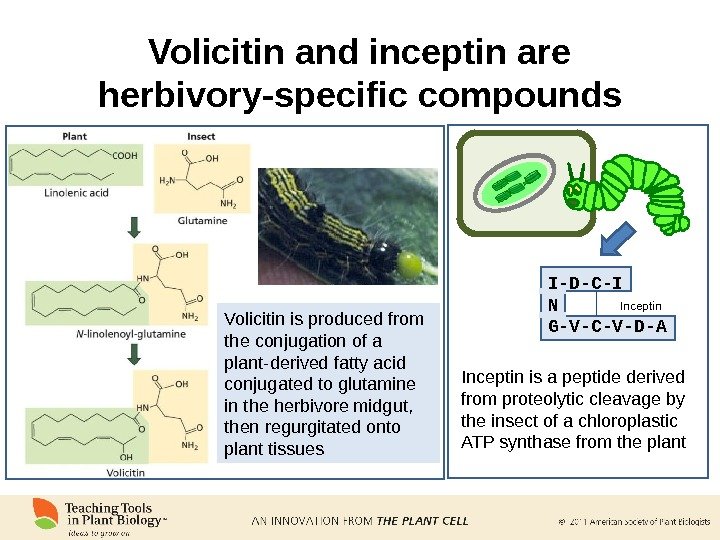
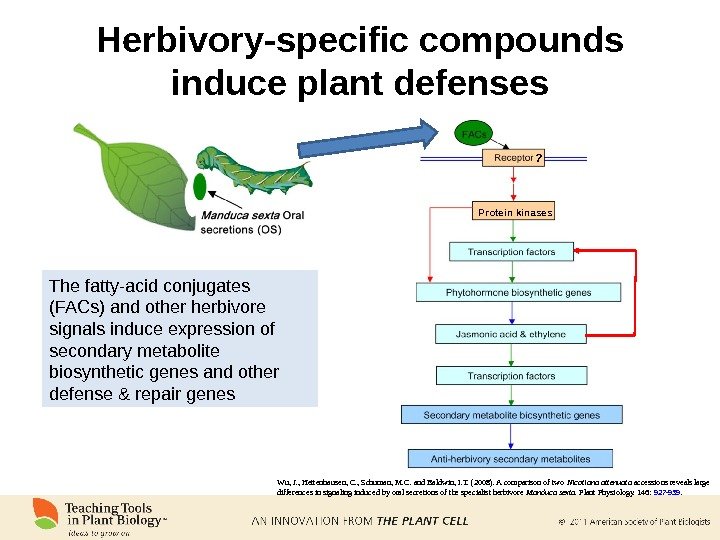
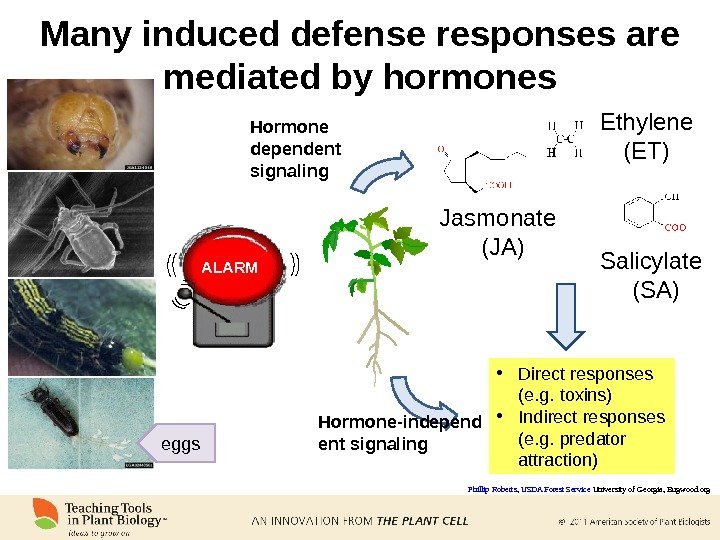
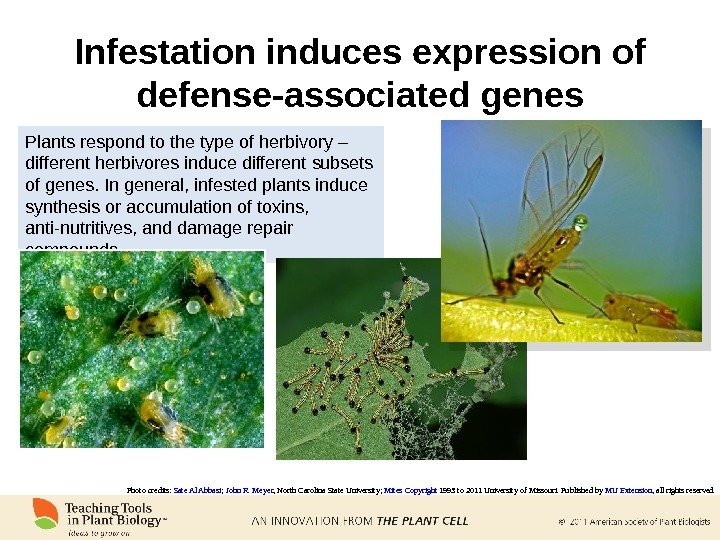
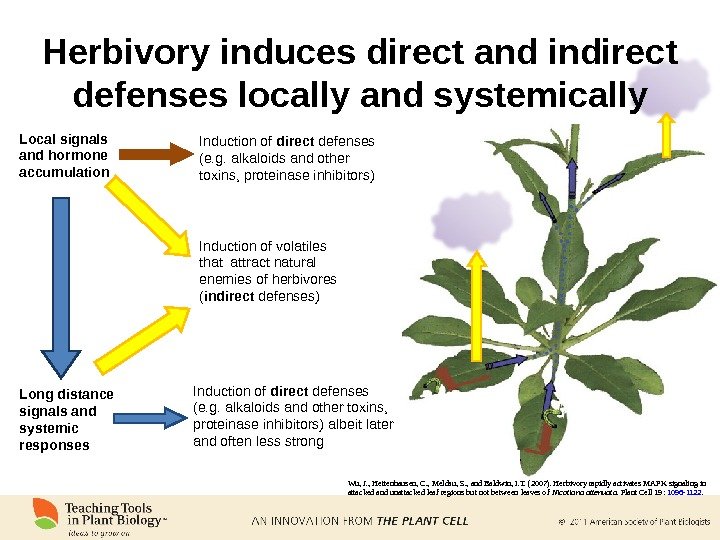


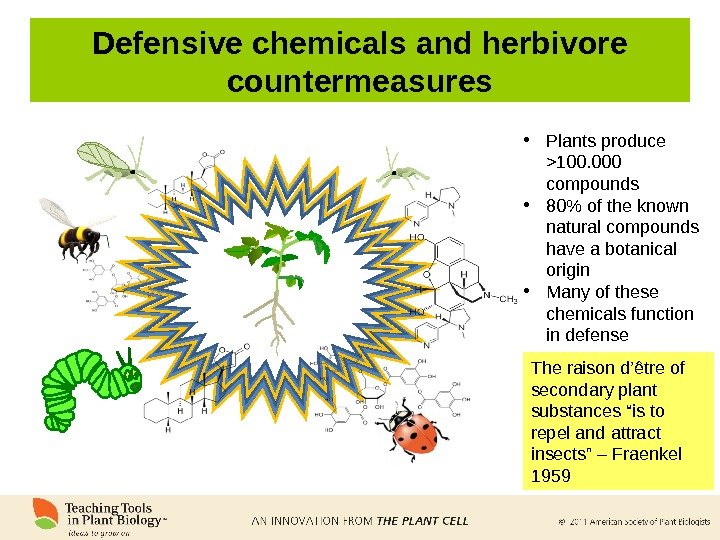
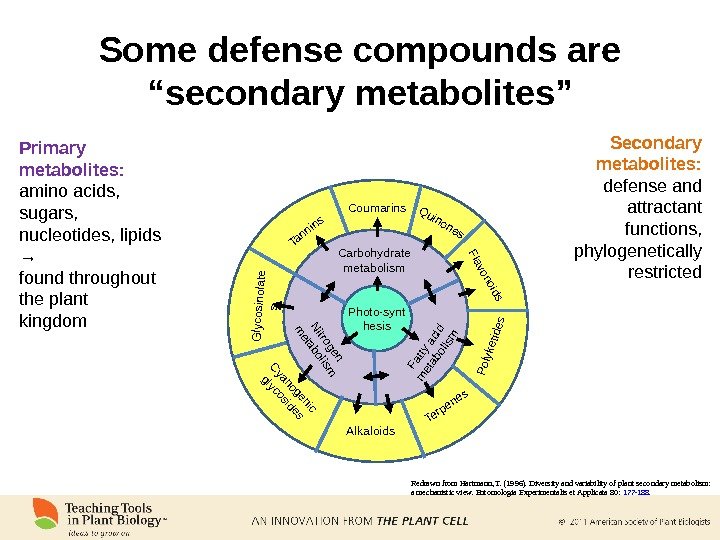
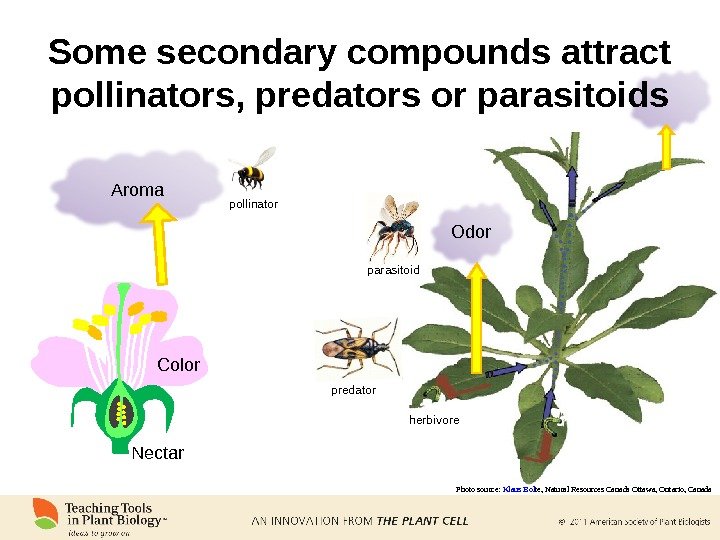
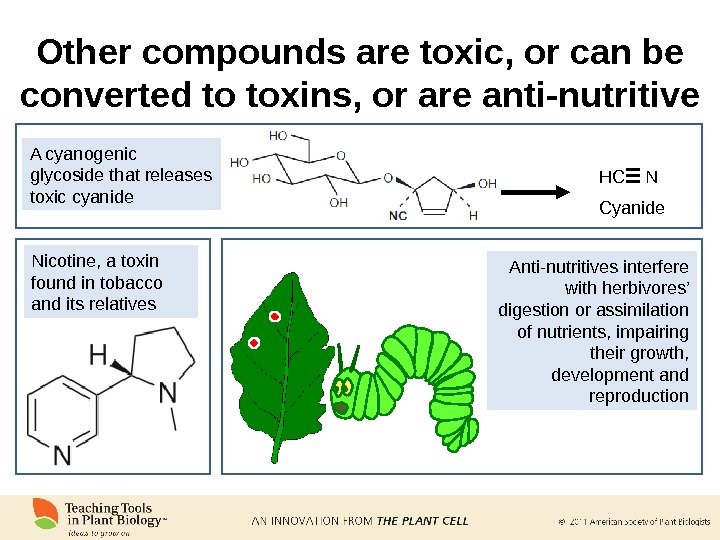
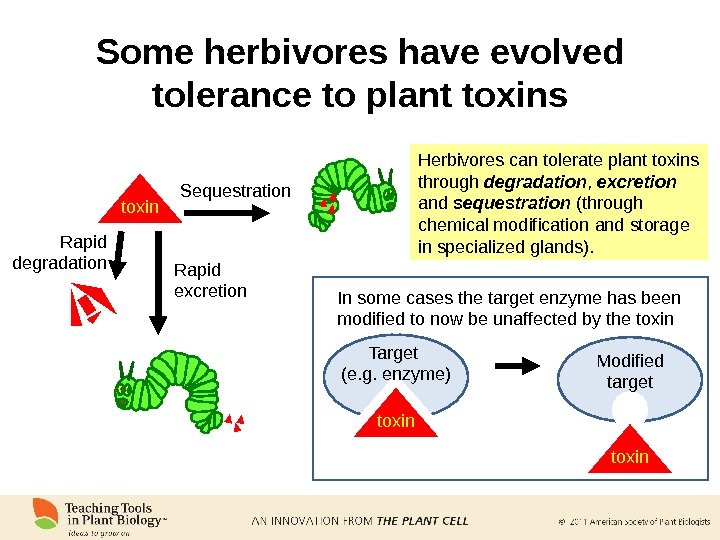
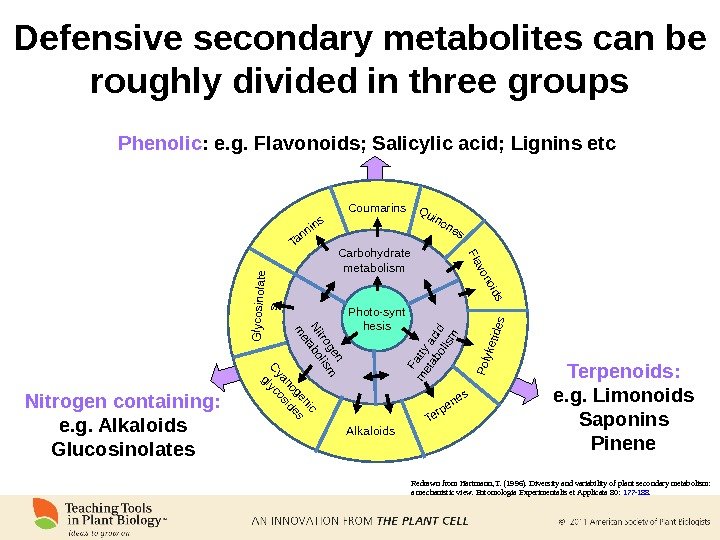
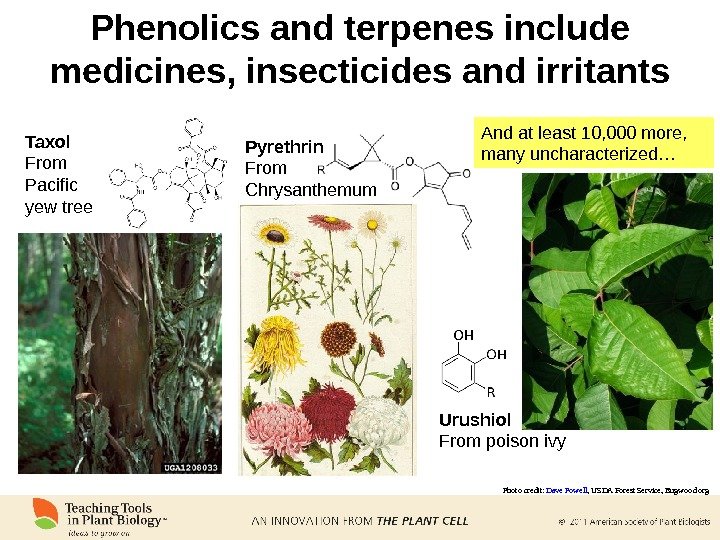



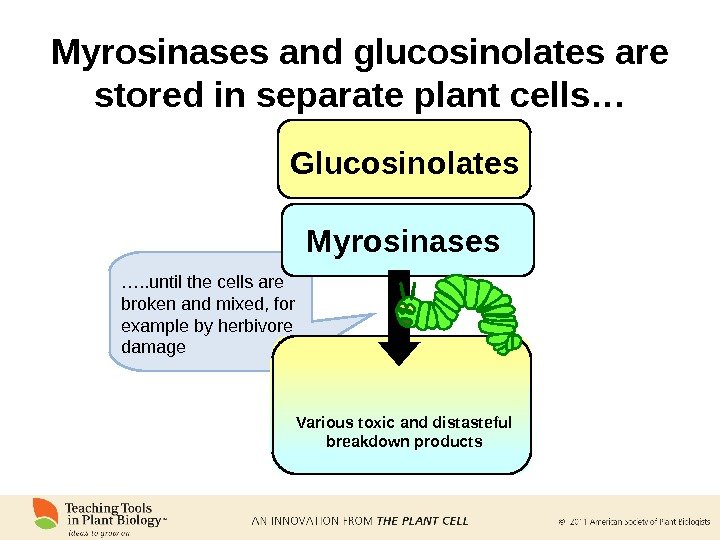
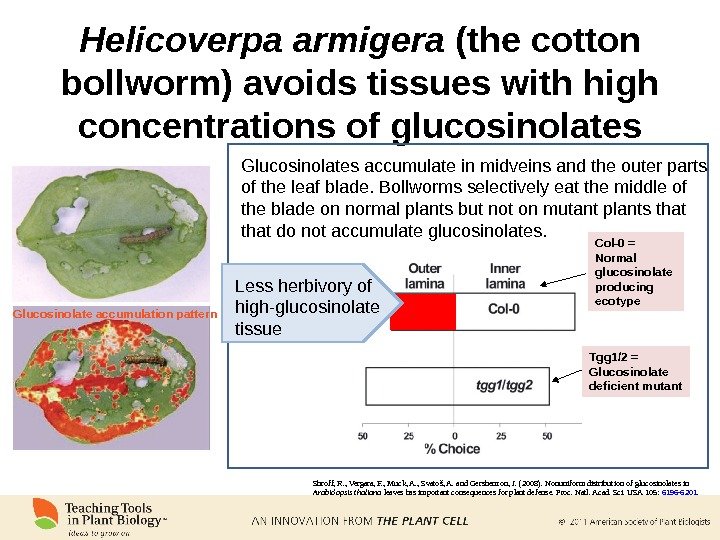
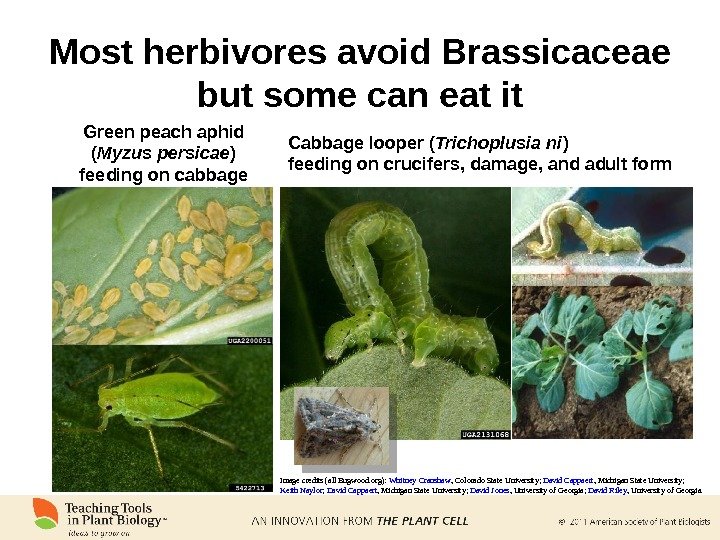
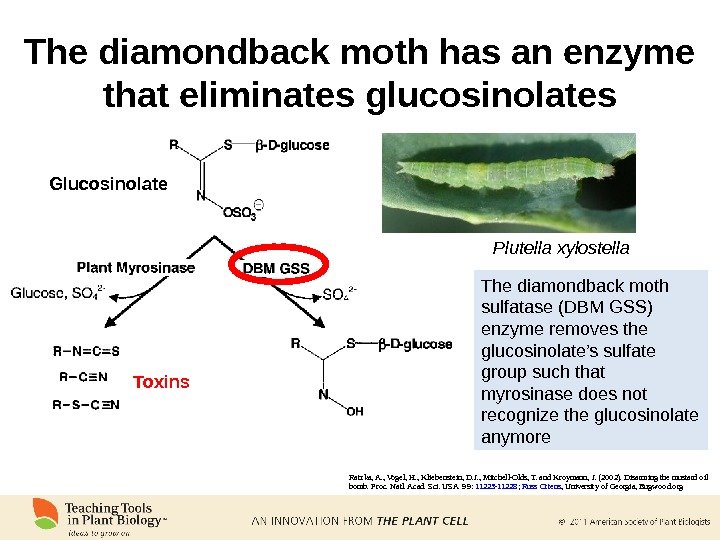
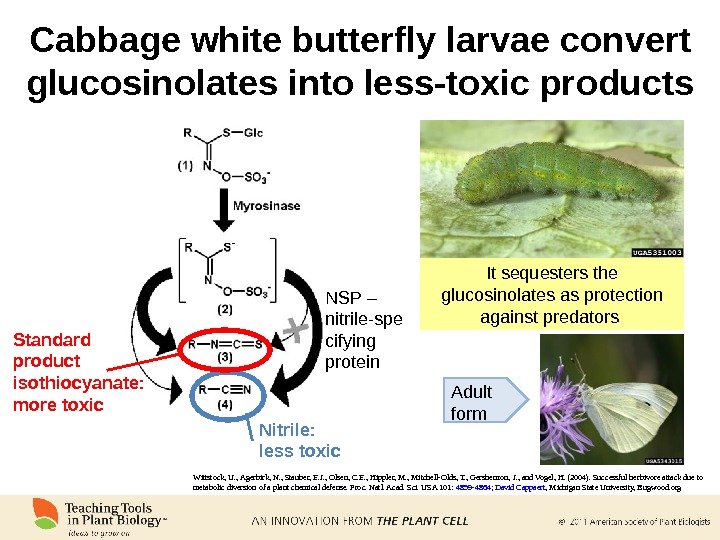
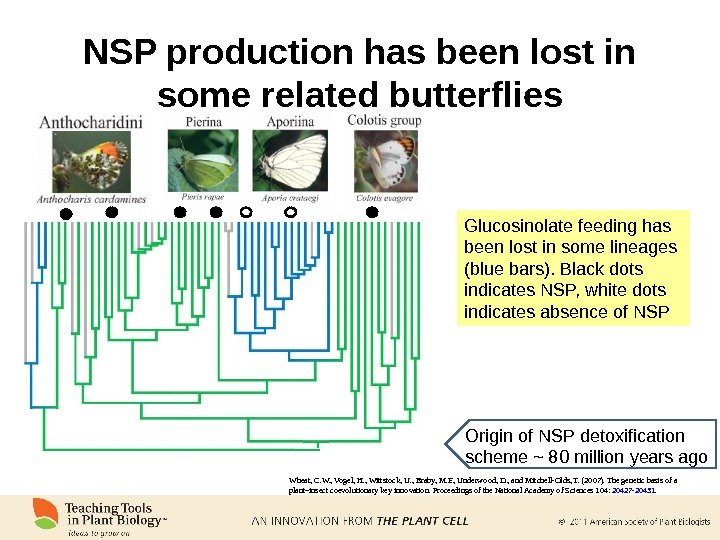


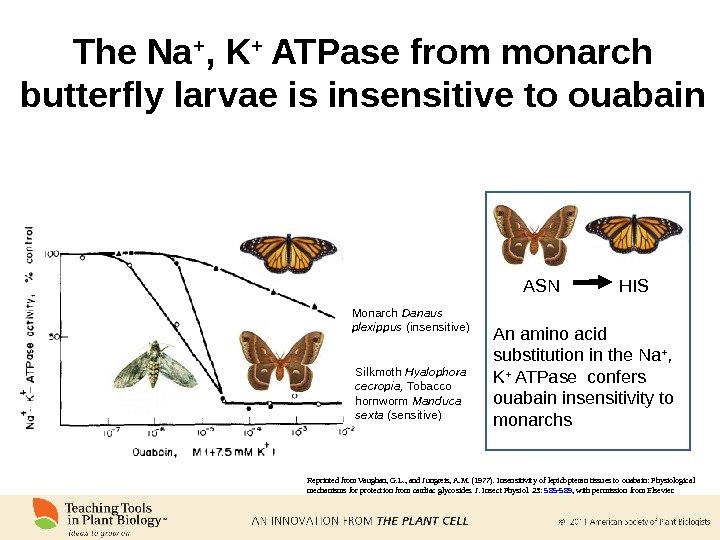
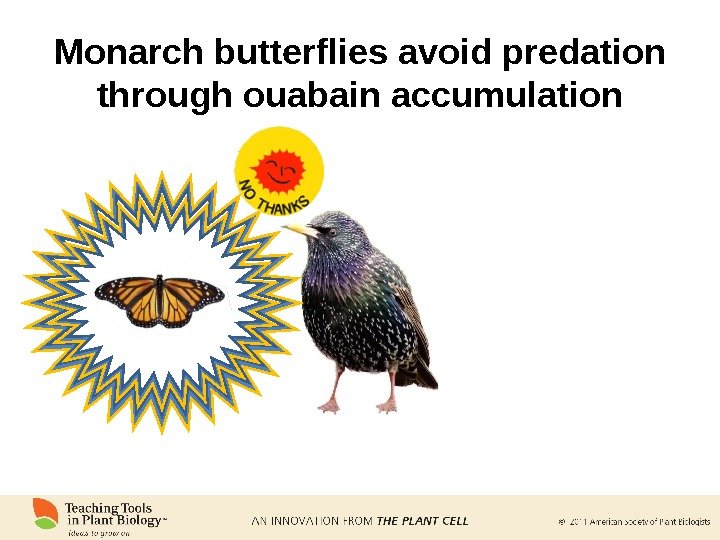
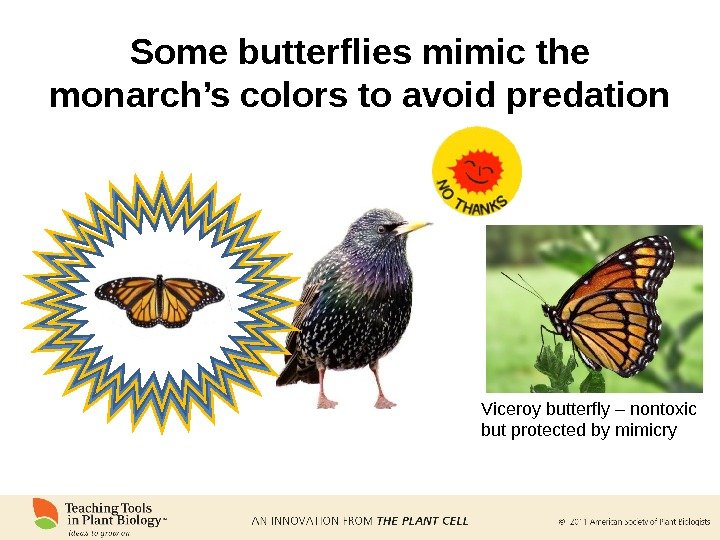
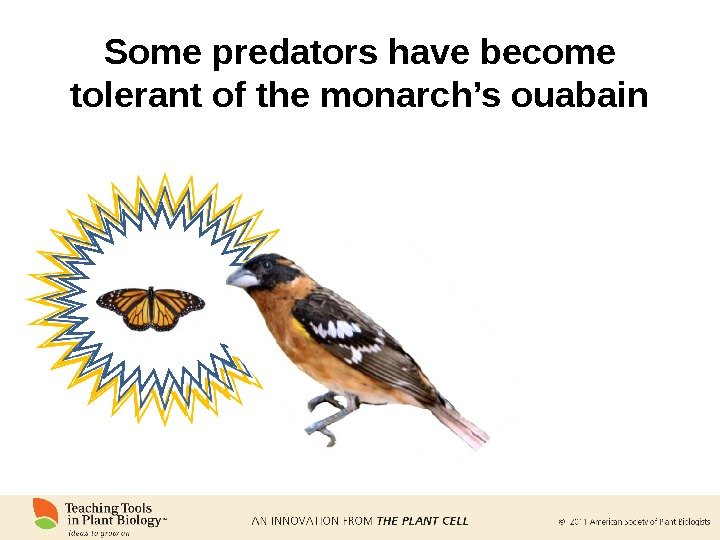
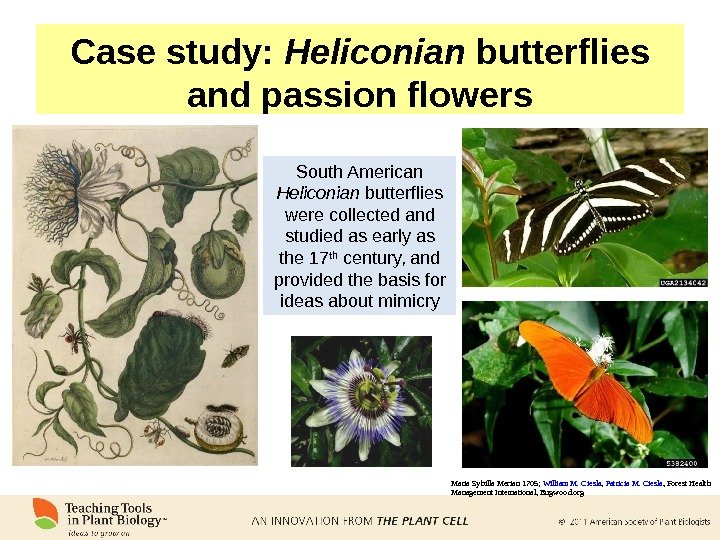
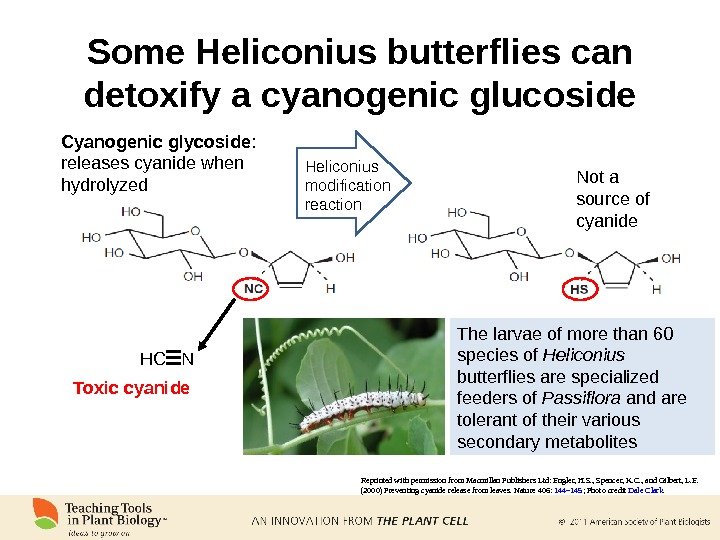
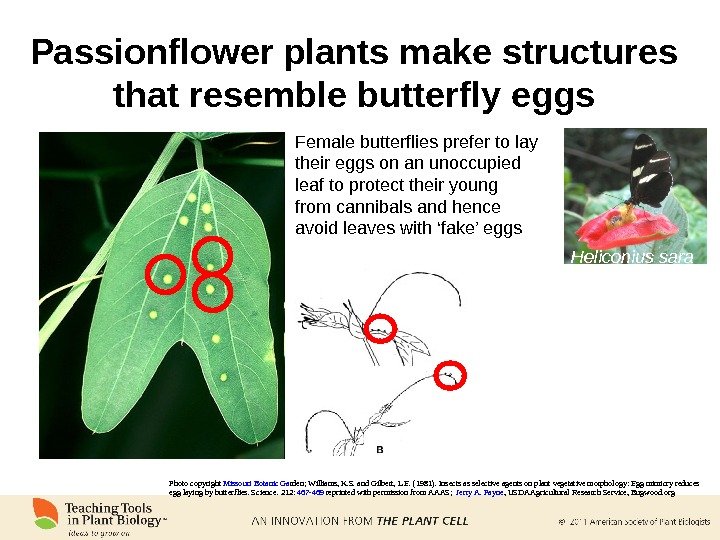

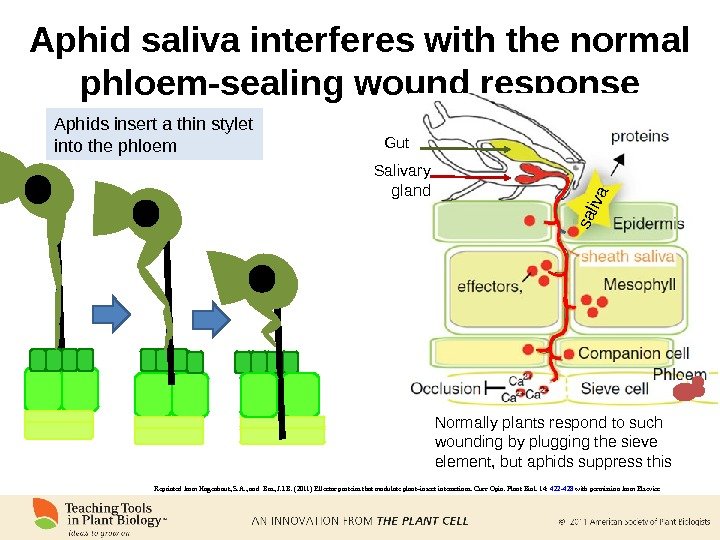
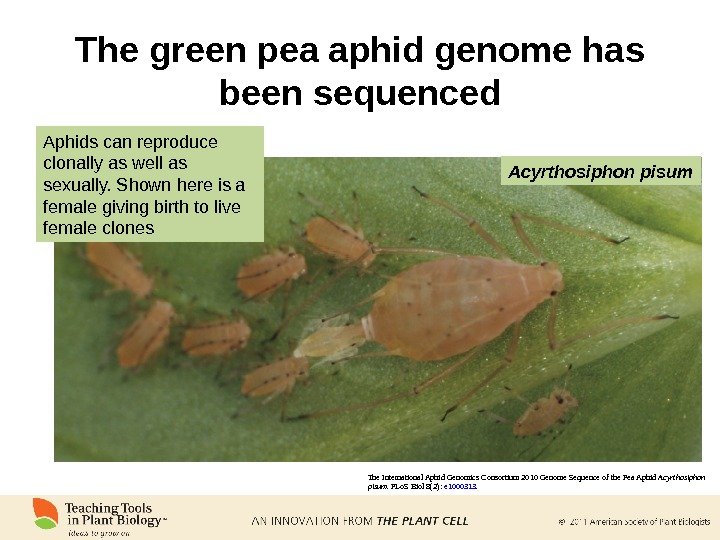
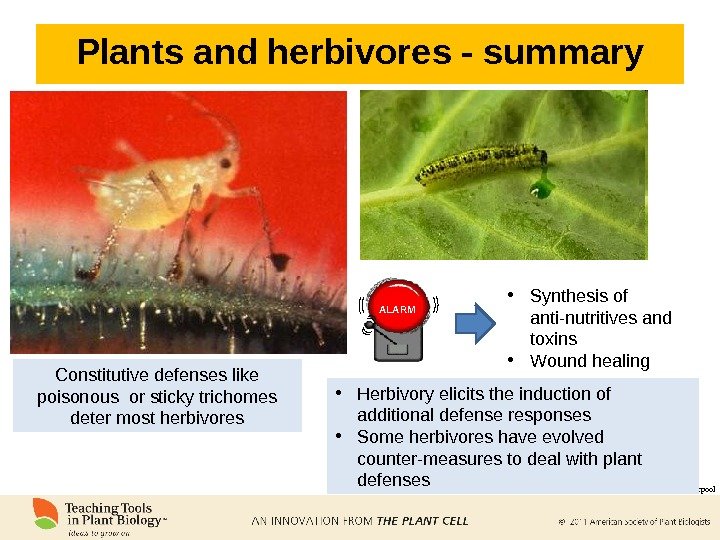
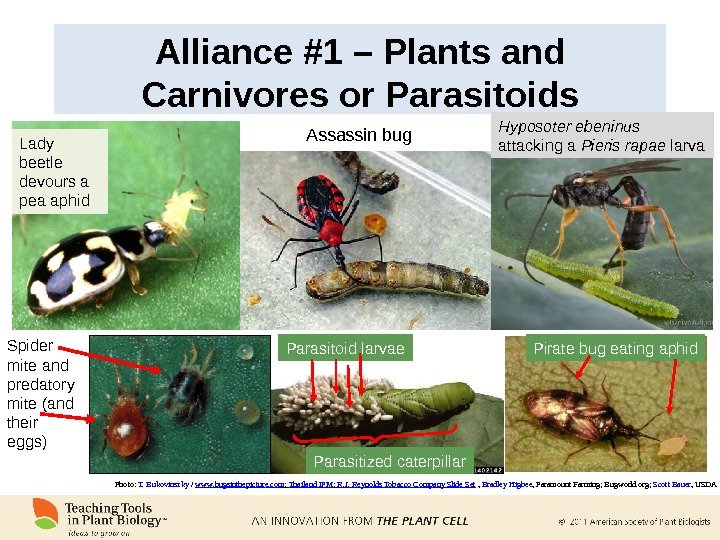
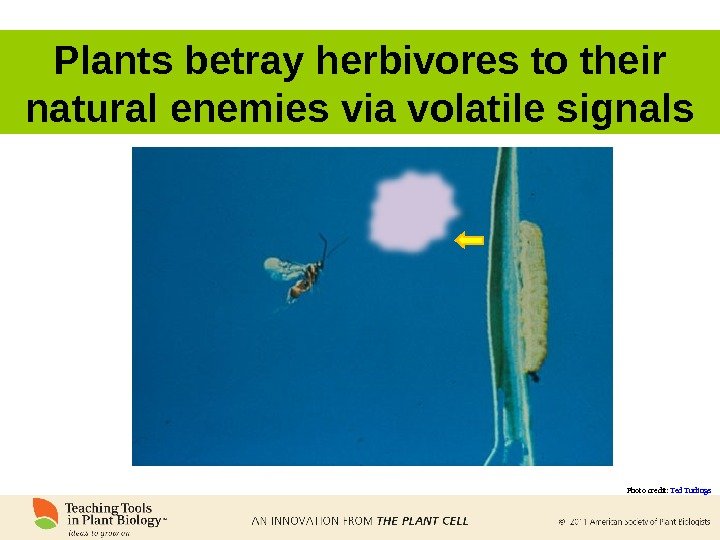

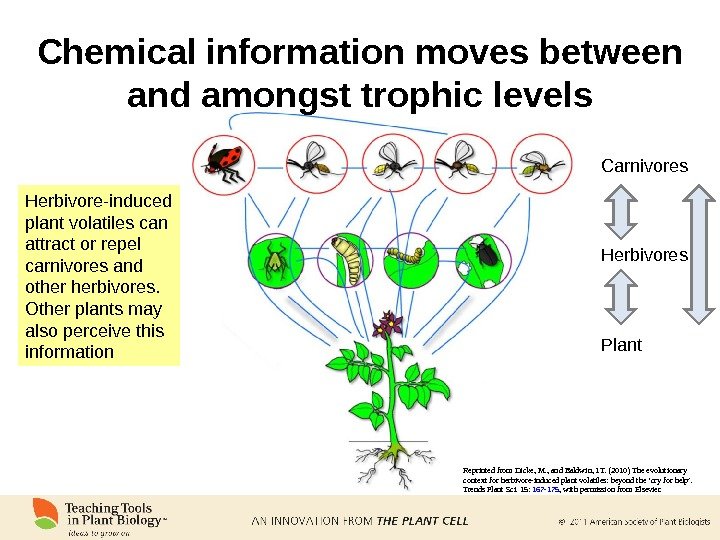

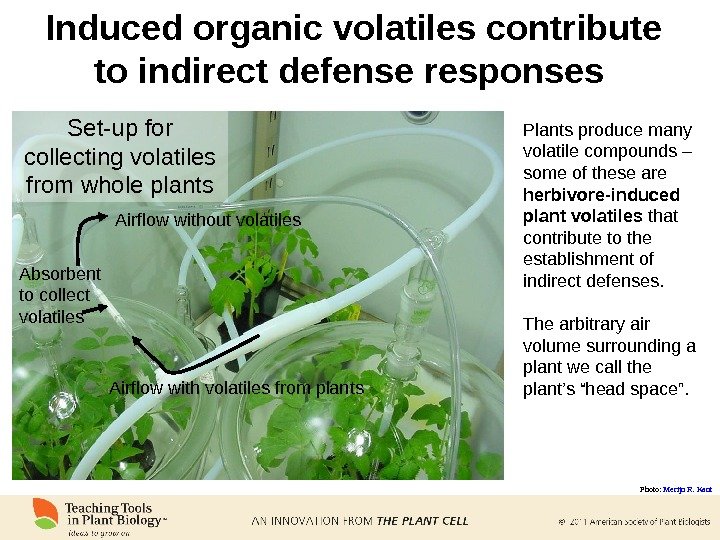
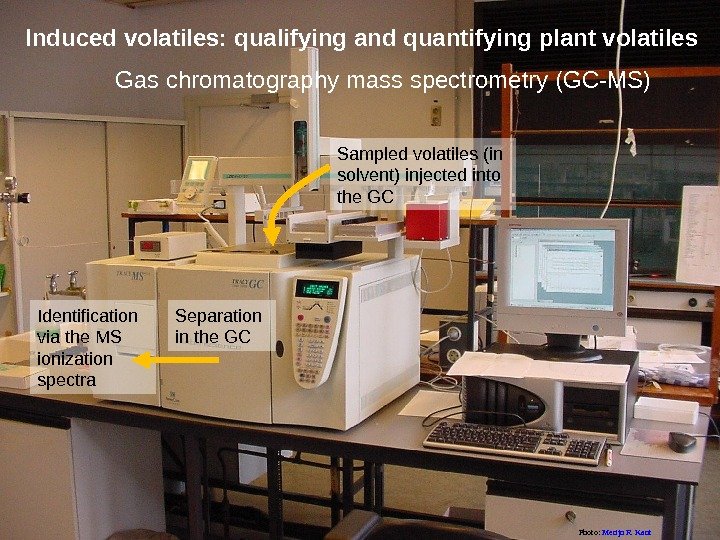
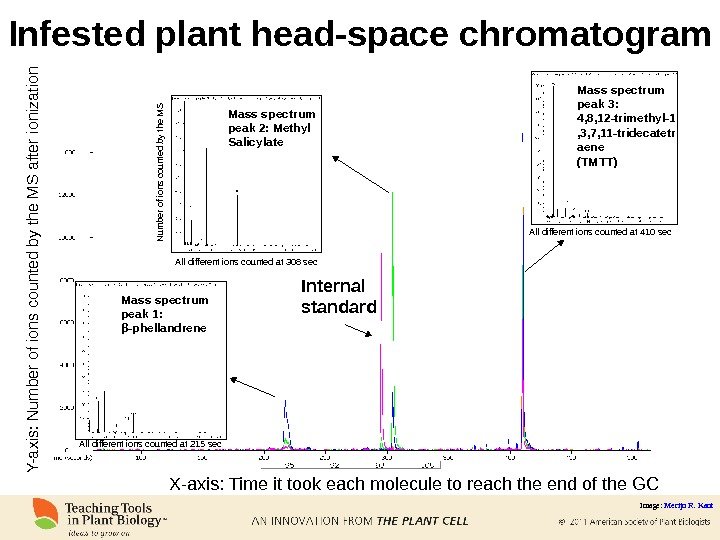
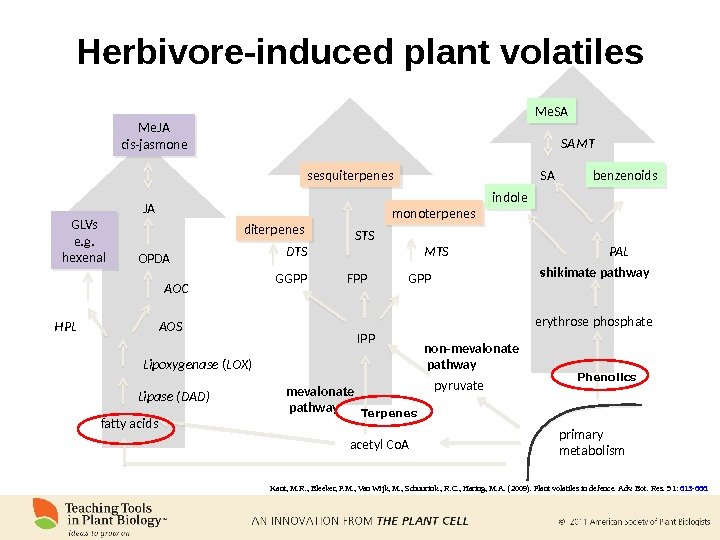


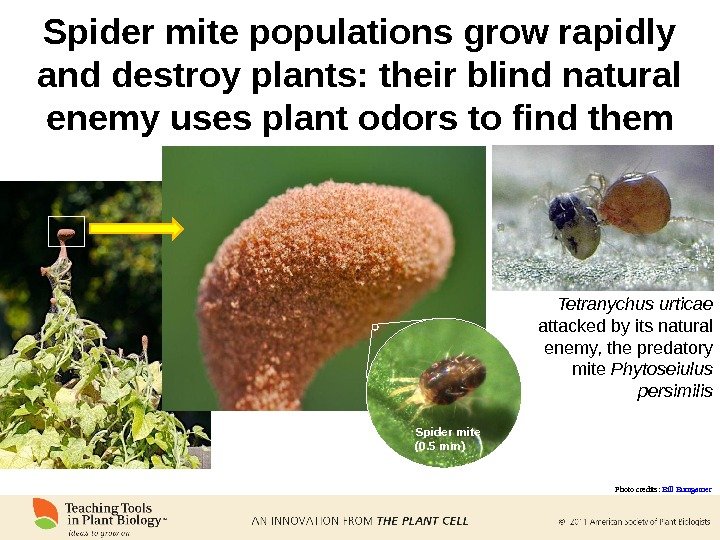
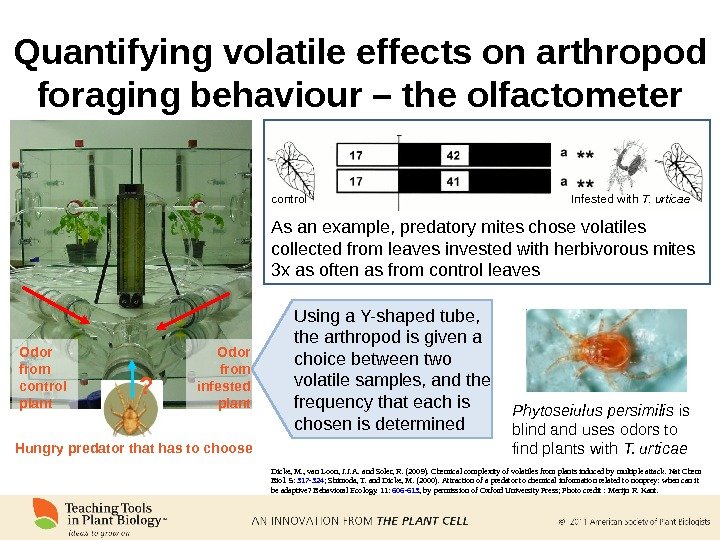



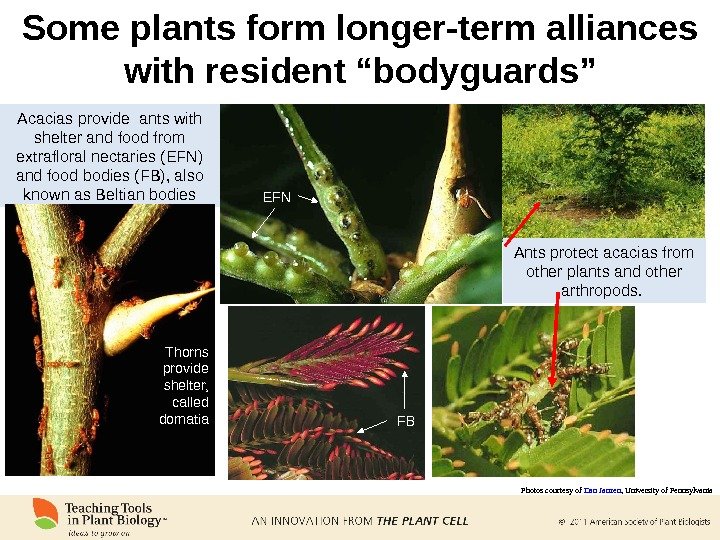
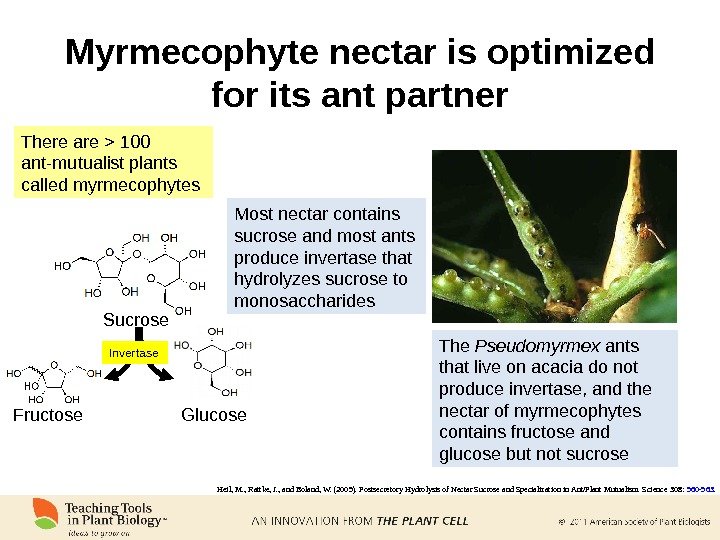
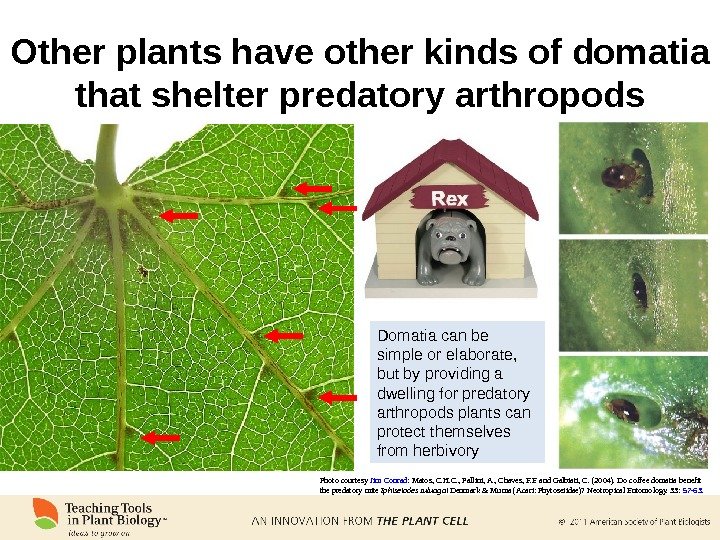
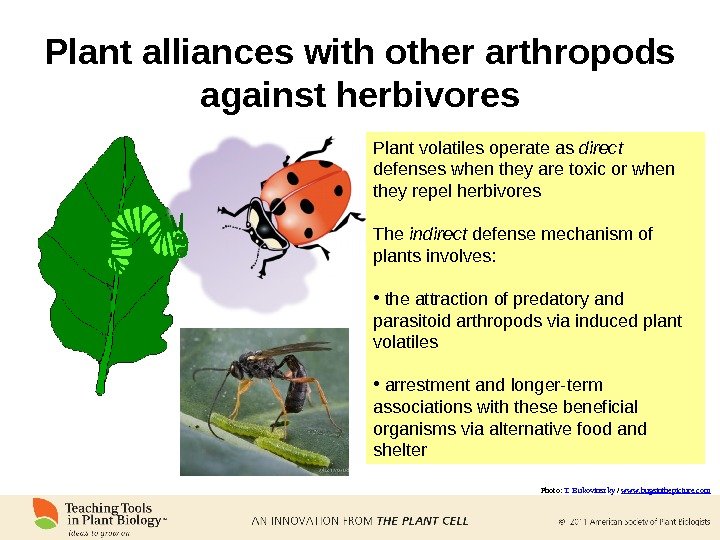
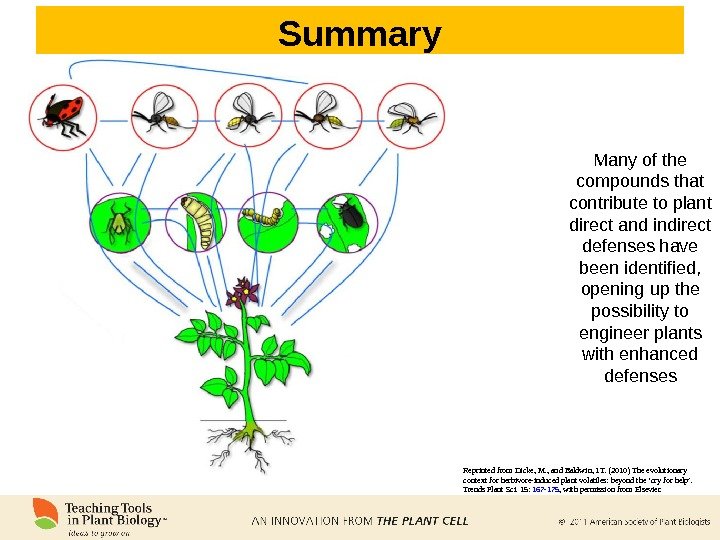
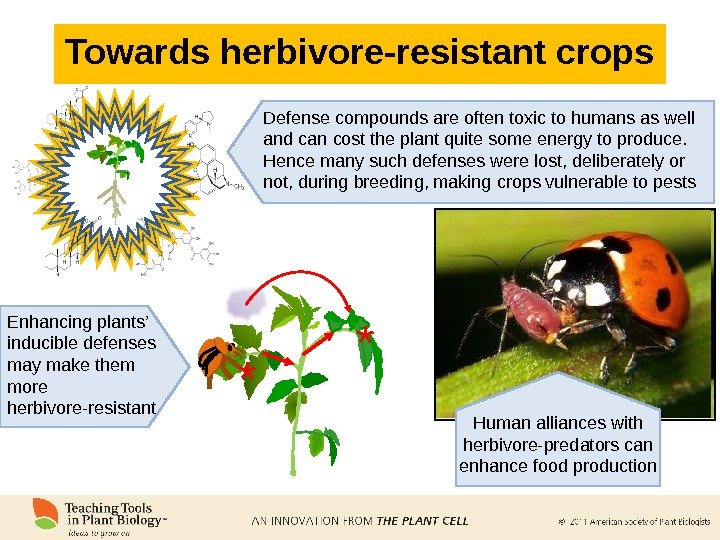
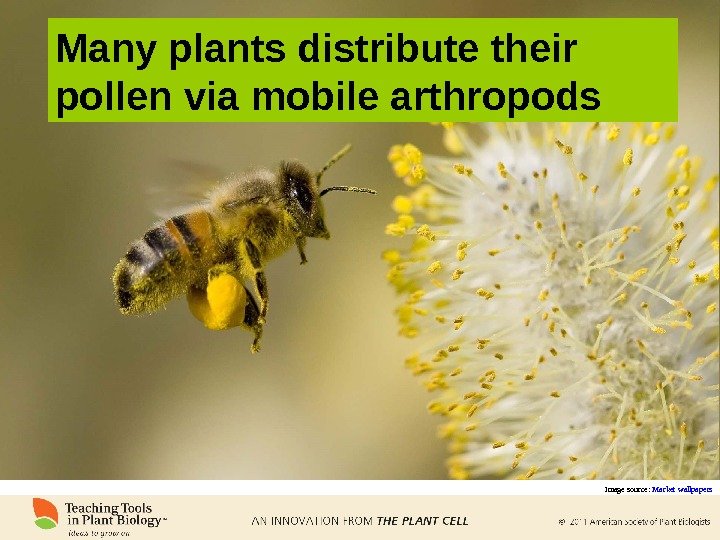
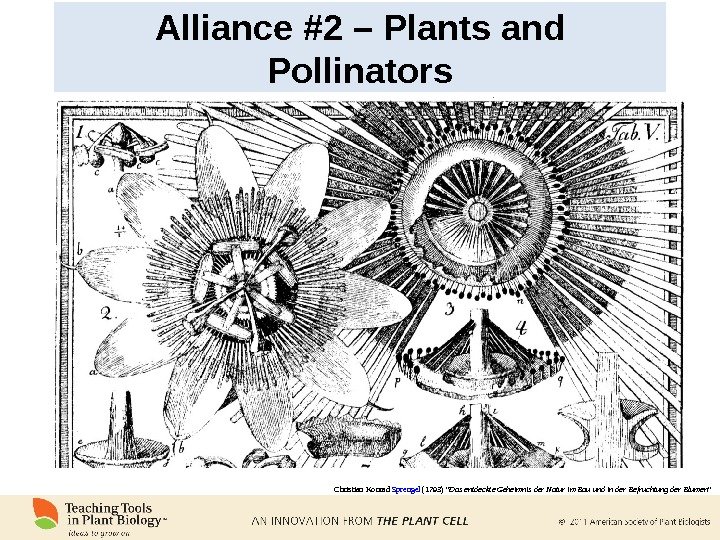
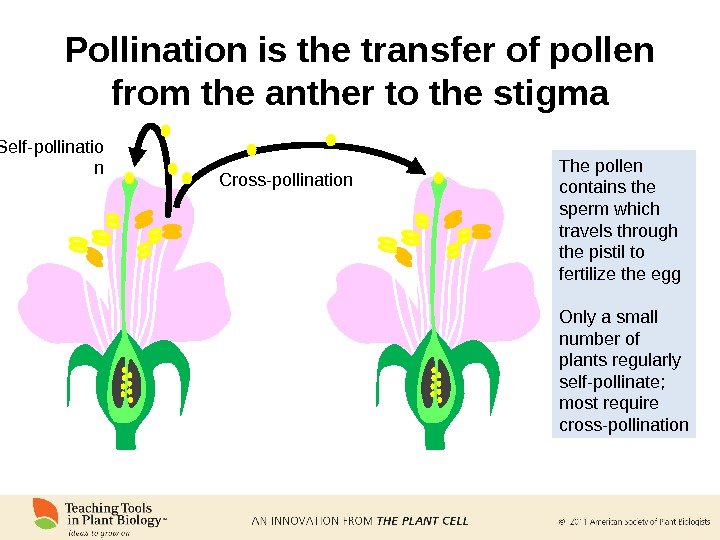

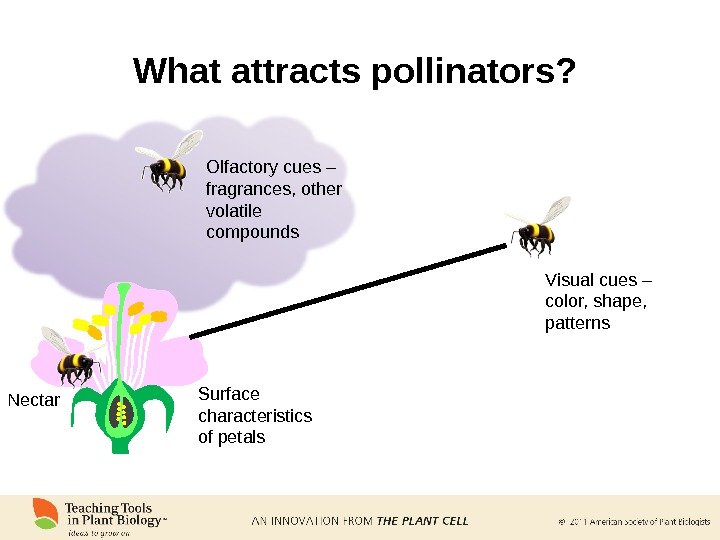
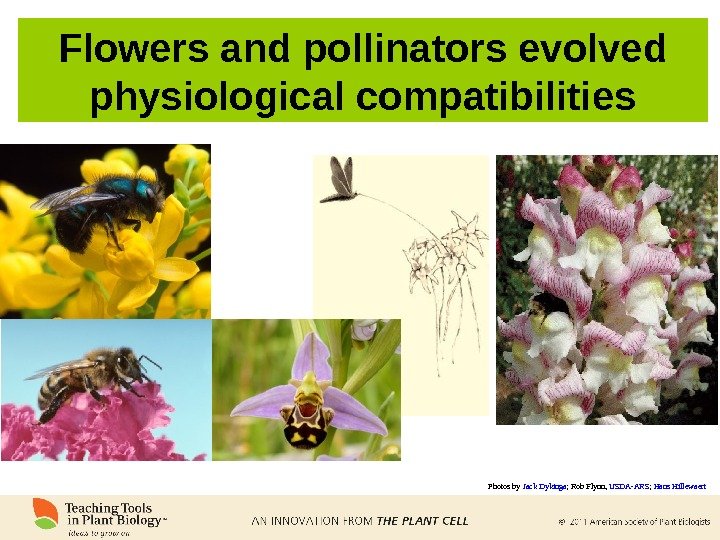
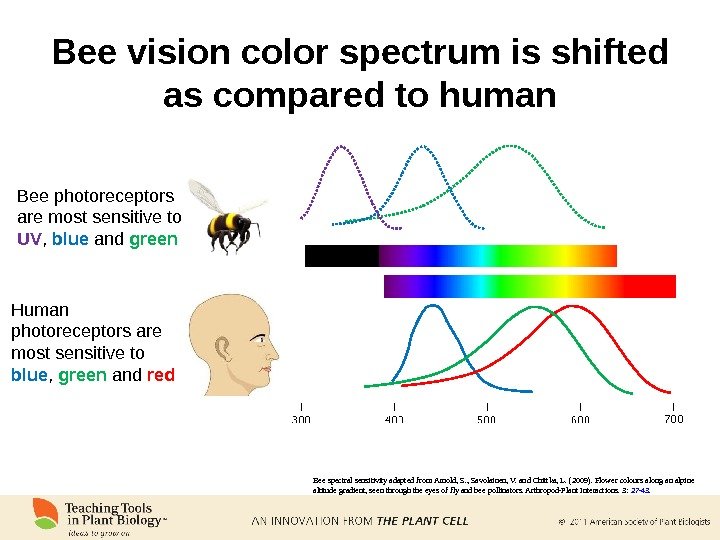
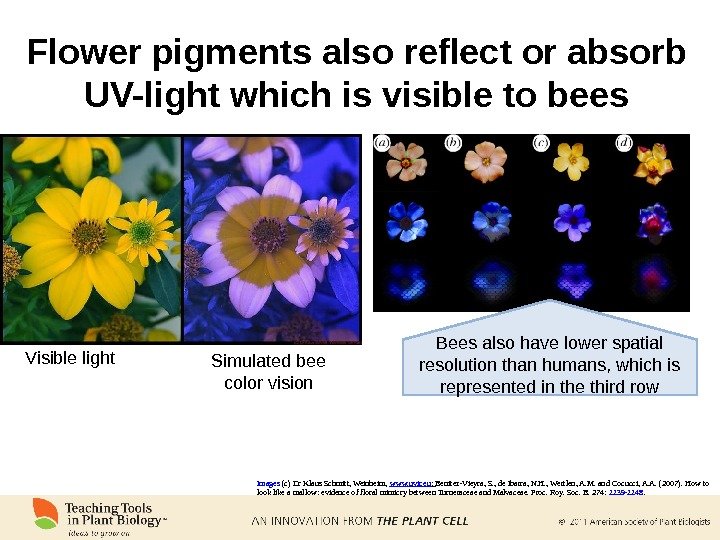

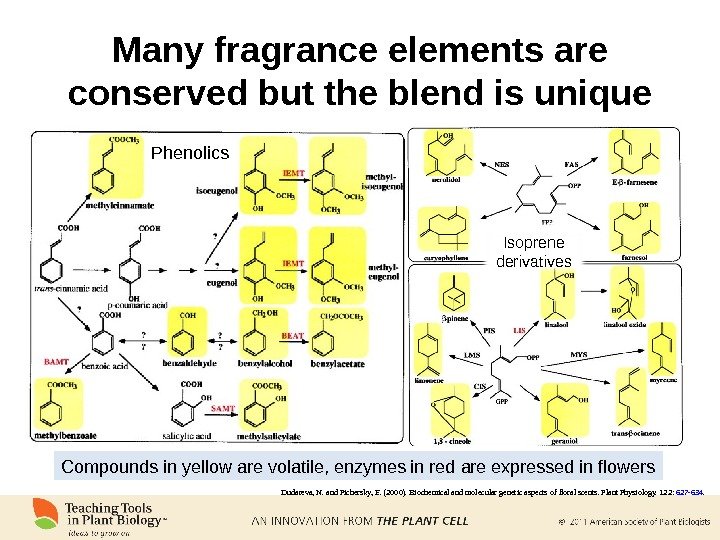
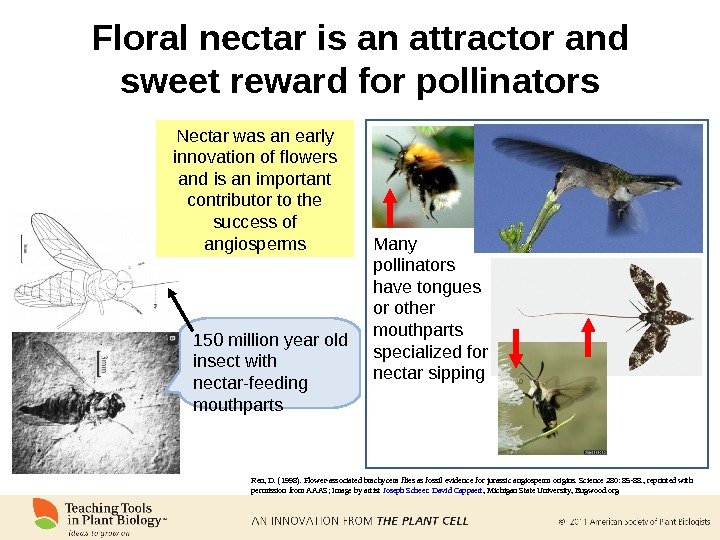
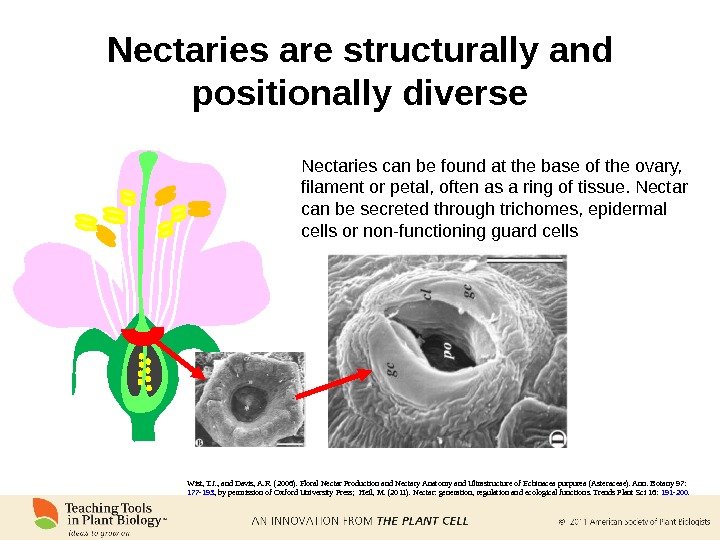
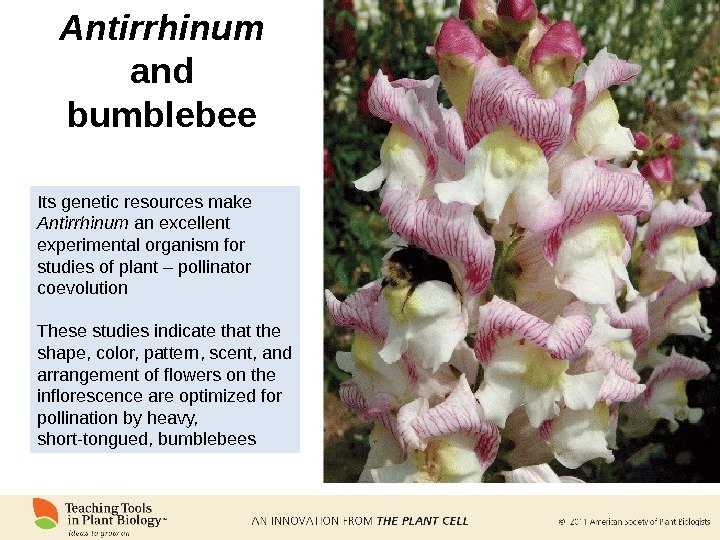
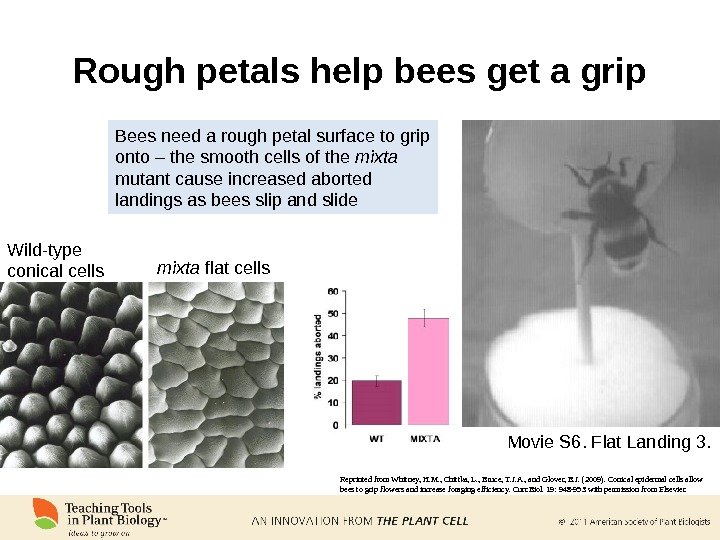
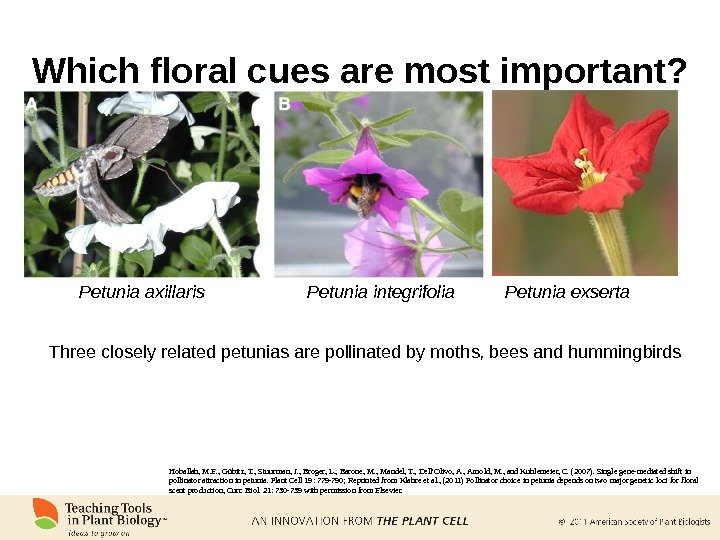
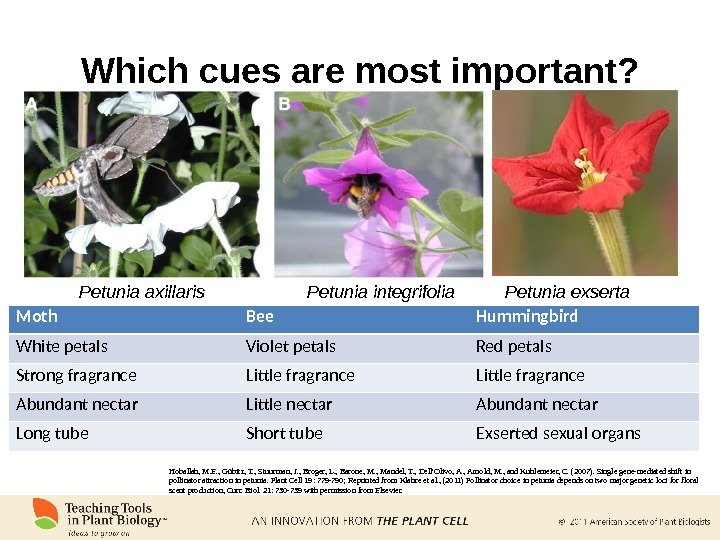

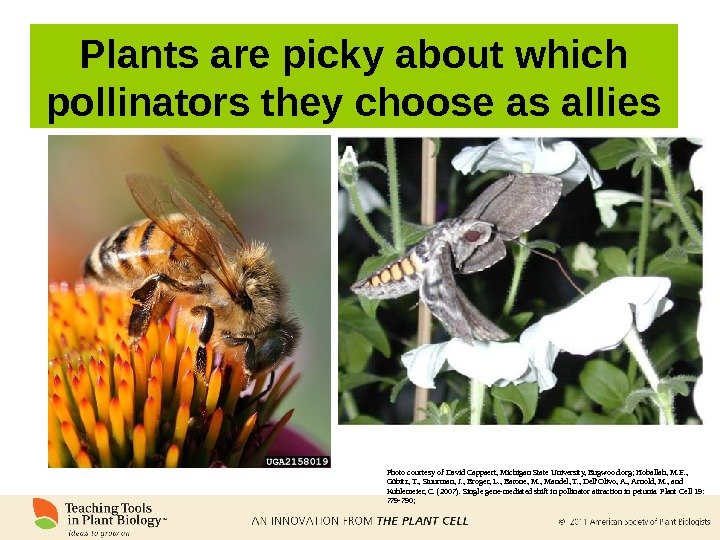
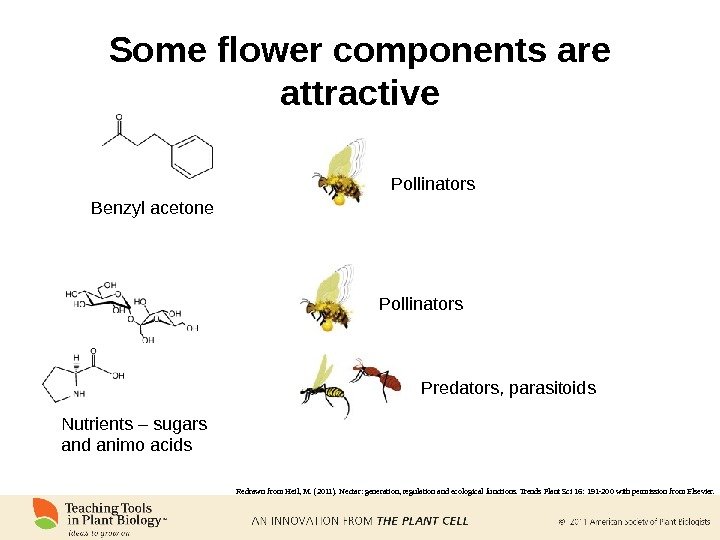
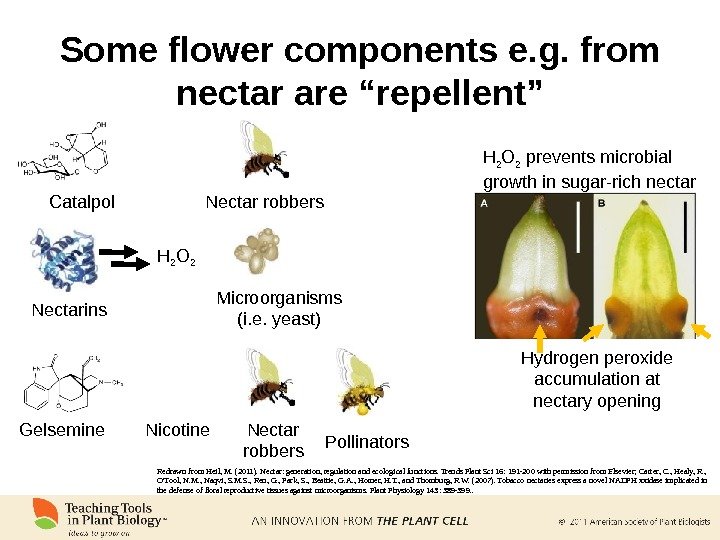
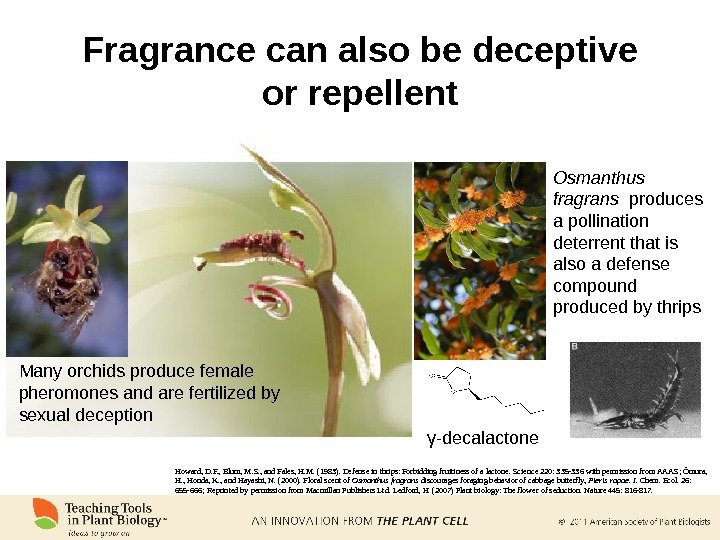
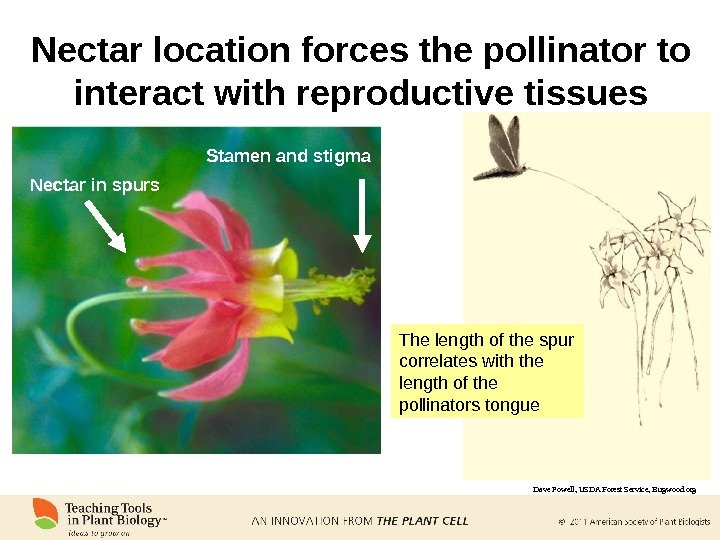
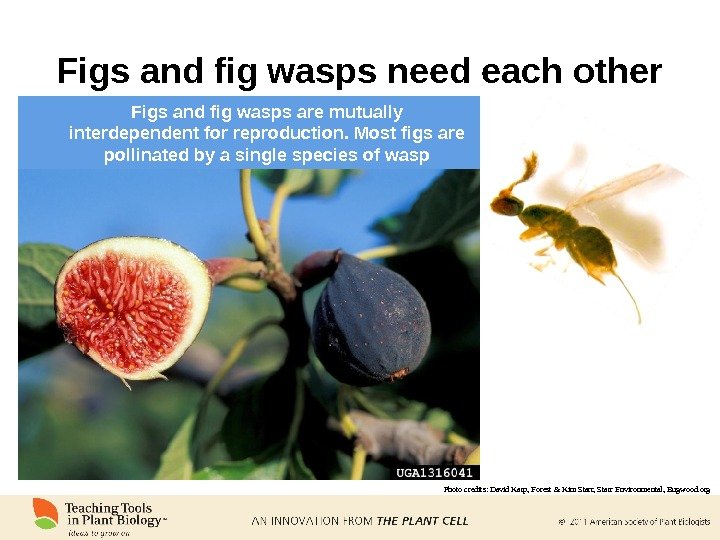
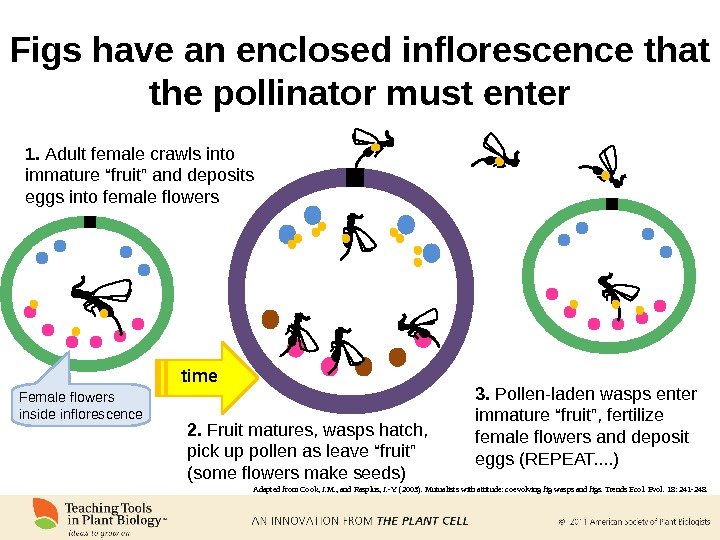

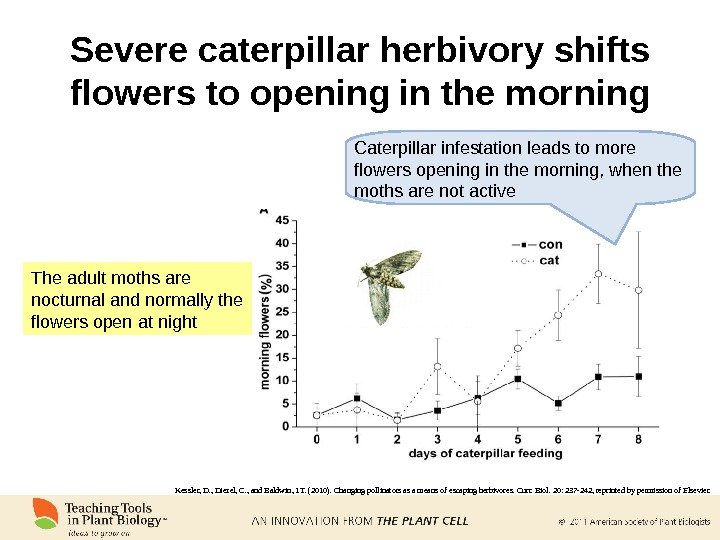

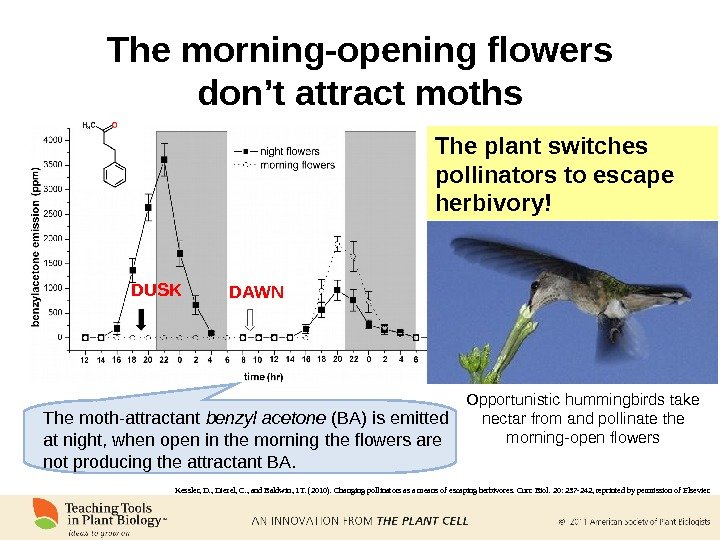

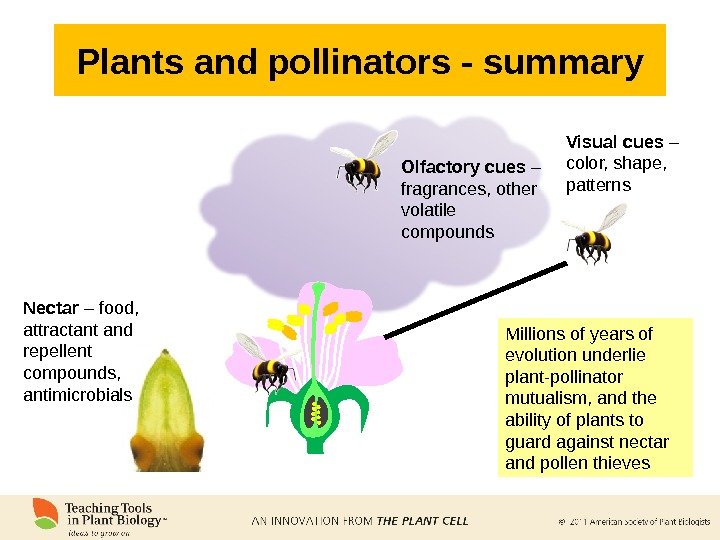
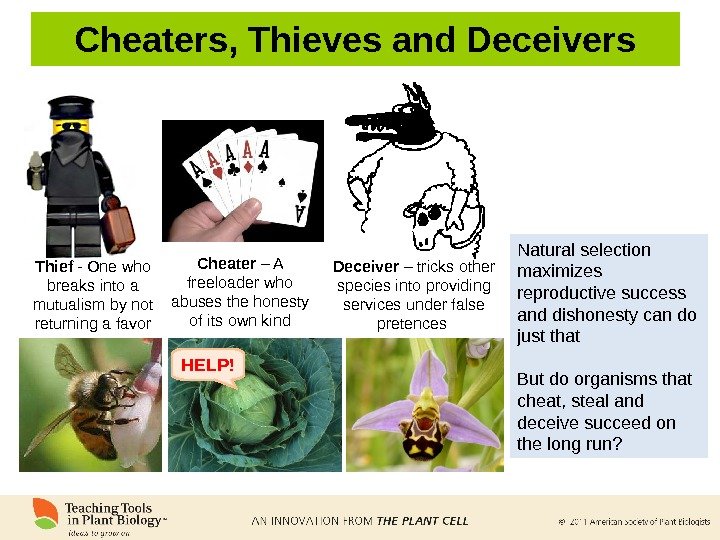
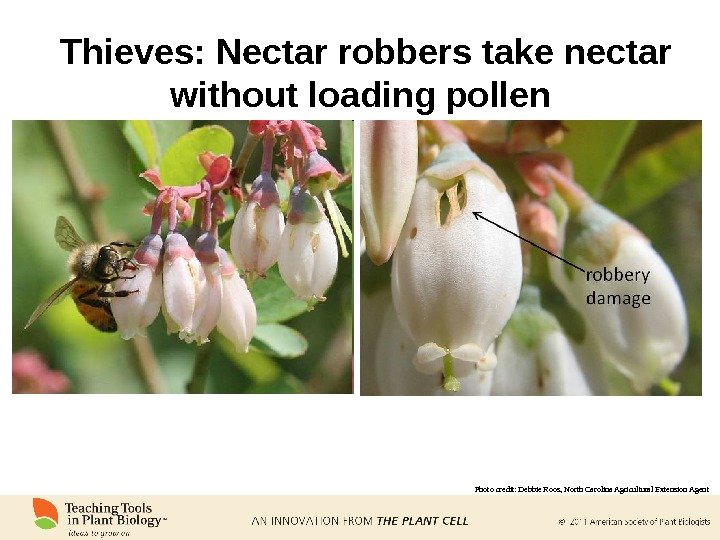


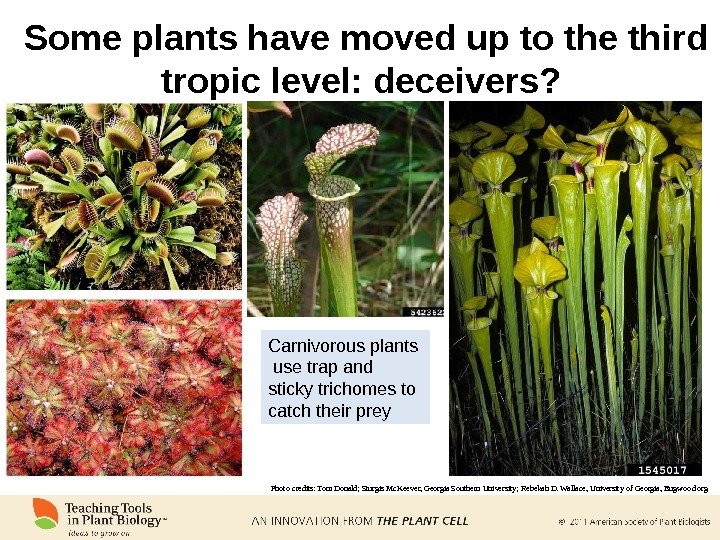
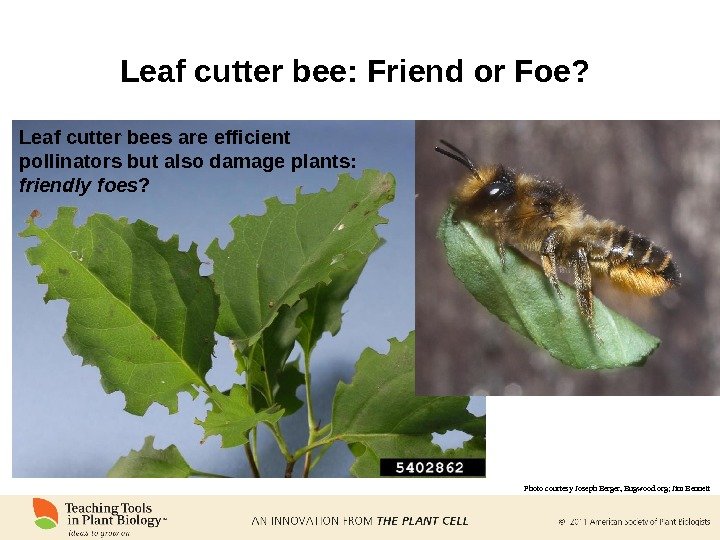
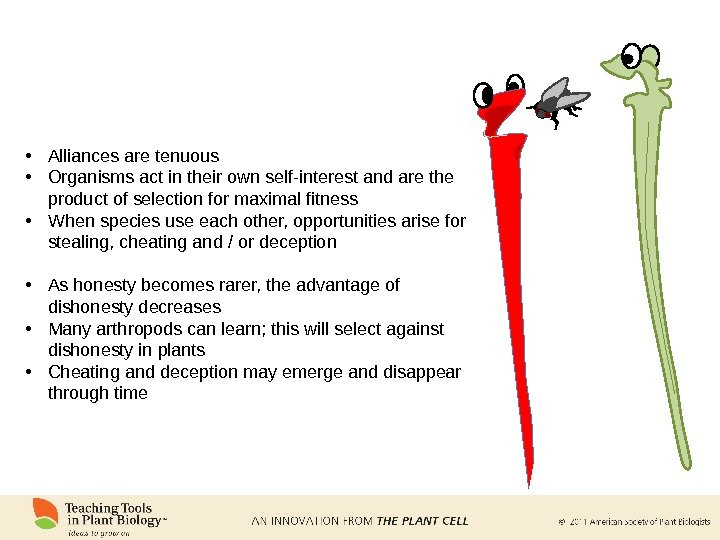

arthropods.ppt
- Размер: 48.0 Мб
- Автор:
- Количество слайдов: 121
Описание презентации Plants and Arthropods Friends or Foes? www. plantcell. по слайдам
 Plants and Arthropods Friends or Foes? www. plantcell. org/cgi/doi/10. 1105/tpc. 111. tto
Plants and Arthropods Friends or Foes? www. plantcell. org/cgi/doi/10. 1105/tpc. 111. tto
 What are arthropods? Arthropods are an immense, diverse group of invertebrates Some are terrestrial and others aquatic Some mites and insects are major herbivores that can cause extensive damage to living plants. Arachnids (spiders and mites ) Insects Crustaceans Centipedes and millipedes. Sea spiders. Horseshoe crabs
What are arthropods? Arthropods are an immense, diverse group of invertebrates Some are terrestrial and others aquatic Some mites and insects are major herbivores that can cause extensive damage to living plants. Arachnids (spiders and mites ) Insects Crustaceans Centipedes and millipedes. Sea spiders. Horseshoe crabs
 Arthropods cause crop yield losses of ~10 — 30% every year Photo by Scott Bauer USDA • How do arthropods damage plants? • How do plants defend themselves from herbivores? • How do herbivores cope with plant defenses? • How do plants establish mutualistic interactions with arthropods including pollinators and their herbivores’ natural enemies ?
Arthropods cause crop yield losses of ~10 — 30% every year Photo by Scott Bauer USDA • How do arthropods damage plants? • How do plants defend themselves from herbivores? • How do herbivores cope with plant defenses? • How do plants establish mutualistic interactions with arthropods including pollinators and their herbivores’ natural enemies ?
 Lecture outline 1. 400 million years of living together 2. Basic conflict – herbivory Plant defense and herbivore counter-measures • Constitutive defenses • Induced defenses • Secondary metabolites in defense 3. Alliance #1 – Carnivorous and / or parasitoid arthropods • Herbivore-induced volatiles guide foraging carnivores to prey • Domatia and extrafloral nectar can accommodate carnivores 4. Alliance #2 – Pollinators • Physiological compatibility between plants and pollinators • Controlling pollen and nectar theft
Lecture outline 1. 400 million years of living together 2. Basic conflict – herbivory Plant defense and herbivore counter-measures • Constitutive defenses • Induced defenses • Secondary metabolites in defense 3. Alliance #1 – Carnivorous and / or parasitoid arthropods • Herbivore-induced volatiles guide foraging carnivores to prey • Domatia and extrafloral nectar can accommodate carnivores 4. Alliance #2 – Pollinators • Physiological compatibility between plants and pollinators • Controlling pollen and nectar theft
 A long-term, complicated relationship M. sexta eating N. attenuata. The basic conflict: plants are food for herbivorous arthropods Nicotiana attenuata pollinated by Manduca sexta moth. Alliance #2: Most angiosperms rely upon arthropods for successful reproduction. Alliance #1: Predatory or parasitic arthropods protect plants from herbivore damage Photo credits: Danny Kessler; R. J. Reynolds Tobacco Company Slide Set, Bugwood. org ; Wu, J. , Hettenhausen, C. , Meldau, S. and Baldwin, I. T. (2007). Herbivory rapidly activates MAPK signaling in attacked and unattacked leaf regions but not between leaves of Nicotiana attenuata. Plant Cell. 19: 1096 -1122. M. sexta after attack by predator
A long-term, complicated relationship M. sexta eating N. attenuata. The basic conflict: plants are food for herbivorous arthropods Nicotiana attenuata pollinated by Manduca sexta moth. Alliance #2: Most angiosperms rely upon arthropods for successful reproduction. Alliance #1: Predatory or parasitic arthropods protect plants from herbivore damage Photo credits: Danny Kessler; R. J. Reynolds Tobacco Company Slide Set, Bugwood. org ; Wu, J. , Hettenhausen, C. , Meldau, S. and Baldwin, I. T. (2007). Herbivory rapidly activates MAPK signaling in attacked and unattacked leaf regions but not between leaves of Nicotiana attenuata. Plant Cell. 19: 1096 -1122. M. sexta after attack by predator
 The evolution of herbivory Photo credit: Fossil mall
The evolution of herbivory Photo credit: Fossil mall
 400 million years ago the world was very different Map copyright Ron Blakey and Colorado Plateau Geosystems, Inc. Earth 400 million years ago. The land was mostly barren, continents were far from their present locations, and the atmosphere, flora and fauna were vastly different than today
400 million years ago the world was very different Map copyright Ron Blakey and Colorado Plateau Geosystems, Inc. Earth 400 million years ago. The land was mostly barren, continents were far from their present locations, and the atmosphere, flora and fauna were vastly different than today
 400 million year-old fossils show evidence of herbivory Image credit: Miguasha National Park ; Jeram, A. J. , Selden, P. A. and Edwards, D. (1990). Land Animals in the Silurian: Arachnids and Myriapods from Shropshire, England. Science. 250: 658 -661 reprinted with permission from AAAS. Edwards, D. , Selden, P. A. , Richardson, J. B. and Axe, L. (1995). Reprinted by permission from Macmillan Publishers Ltd: Coprolites as evidence for plant-animal interaction in Siluro-Devonian terrestrial ecosystems. Nature. 377: 329 -331. Fossils of early plants Fossils of early terrestrial arthropods Fossilized feces (coprolites) showing ingested plant material
400 million year-old fossils show evidence of herbivory Image credit: Miguasha National Park ; Jeram, A. J. , Selden, P. A. and Edwards, D. (1990). Land Animals in the Silurian: Arachnids and Myriapods from Shropshire, England. Science. 250: 658 -661 reprinted with permission from AAAS. Edwards, D. , Selden, P. A. , Richardson, J. B. and Axe, L. (1995). Reprinted by permission from Macmillan Publishers Ltd: Coprolites as evidence for plant-animal interaction in Siluro-Devonian terrestrial ecosystems. Nature. 377: 329 -331. Fossils of early plants Fossils of early terrestrial arthropods Fossilized feces (coprolites) showing ingested plant material
 Plants and arthropods share 400 million years of evolution Image derived from : L. Shyamal based on work by Bruce Tiffney 400 Simple piercing Early leaf eating Nectar consuming Pollination. P lan t diversity. Leaf mining Angiosperms Gymnosperms, cycads Ferns 300 200 100 Million years ago
Plants and arthropods share 400 million years of evolution Image derived from : L. Shyamal based on work by Bruce Tiffney 400 Simple piercing Early leaf eating Nectar consuming Pollination. P lan t diversity. Leaf mining Angiosperms Gymnosperms, cycads Ferns 300 200 100 Million years ago
 The ongoing conflict: Herbivory Phloem-sucking aphids Mesophyll-suc king mites. Mesophyll-grazing leaf miners Root-vascular cylinder sucking nematodes Leaf-chewing larvae Plants produce energy from photosynthesis; animals are hungry and eat plants (or they eat plant-eaters) Photo credits: Sate Al Abbasi ; David Cappaert , Michigan State University, Bugwood. org; University of Missouri. Published by MU Extension, all rights reserved. William Wergi ; John R. Meyer , North Carolina State University; Scott Bauer , US
The ongoing conflict: Herbivory Phloem-sucking aphids Mesophyll-suc king mites. Mesophyll-grazing leaf miners Root-vascular cylinder sucking nematodes Leaf-chewing larvae Plants produce energy from photosynthesis; animals are hungry and eat plants (or they eat plant-eaters) Photo credits: Sate Al Abbasi ; David Cappaert , Michigan State University, Bugwood. org; University of Missouri. Published by MU Extension, all rights reserved. William Wergi ; John R. Meyer , North Carolina State University; Scott Bauer , US
 Plants respond differently to different types of feeding behaviour Chewing insects cause extensive wounding, and some partially digest their food outside their bodies by regurgitation Piercing arthropods have needle-like stylets that pierce tissues and then suck nutrients out Photo credits: Sate Al Abbasi ; John R. Meyer , North Carolina State University;
Plants respond differently to different types of feeding behaviour Chewing insects cause extensive wounding, and some partially digest their food outside their bodies by regurgitation Piercing arthropods have needle-like stylets that pierce tissues and then suck nutrients out Photo credits: Sate Al Abbasi ; John R. Meyer , North Carolina State University;
 Chewing (beetle) Lapping (bee) Sipping (moth) Piercing (mosquito, aphid)Piercing-sucking and chewing may have evolved more than once Chewers and suckers are found among both carnivores and herbivores Photo credits: Jan van Arkel (IBED; University of Amsterdam); R. J. Reynolds Tobacco Company Slide Set , Bugwood. org; Scott Bauer , USDA Agricultural Research Service, Bugwood. org Spider: sucking Aphid: piercing- sucking. Beetle: chewer. Mite: piercing- sucking. Arachnids Insects. Myriapoda Millipede: chewer Crustaceans Horse shoe crabs. Sea spiders. Mandibulata Chelicerata
Chewing (beetle) Lapping (bee) Sipping (moth) Piercing (mosquito, aphid)Piercing-sucking and chewing may have evolved more than once Chewers and suckers are found among both carnivores and herbivores Photo credits: Jan van Arkel (IBED; University of Amsterdam); R. J. Reynolds Tobacco Company Slide Set , Bugwood. org; Scott Bauer , USDA Agricultural Research Service, Bugwood. org Spider: sucking Aphid: piercing- sucking. Beetle: chewer. Mite: piercing- sucking. Arachnids Insects. Myriapoda Millipede: chewer Crustaceans Horse shoe crabs. Sea spiders. Mandibulata Chelicerata
 Some arthropods form galls Clemson University — USDA Cooperative Extension Slide Series; Milan Zubrik , Forest Research Institute, Slovakia; Gyorgy Csoka , Hungary Forest Research Institute; Milan Zubrik , Forest Research Institute, Slovakia; Sturgis Mc. Keever , Georgia Southern University, Bugwood. org. Gall on oak caused by cynipid gall wasp; opened gall showing adults (A) and larvae (L) Galls are localized tissue proliferations induced by arthropods, which lay their eggs in them, or pathogens. Insects and some pathogens form galls by manipulating plant hormones. Galls are often more nutritious and less defended than other tissues, but it is not yet understood how this occurs LA AL
Some arthropods form galls Clemson University — USDA Cooperative Extension Slide Series; Milan Zubrik , Forest Research Institute, Slovakia; Gyorgy Csoka , Hungary Forest Research Institute; Milan Zubrik , Forest Research Institute, Slovakia; Sturgis Mc. Keever , Georgia Southern University, Bugwood. org. Gall on oak caused by cynipid gall wasp; opened gall showing adults (A) and larvae (L) Galls are localized tissue proliferations induced by arthropods, which lay their eggs in them, or pathogens. Insects and some pathogens form galls by manipulating plant hormones. Galls are often more nutritious and less defended than other tissues, but it is not yet understood how this occurs LA AL
 Constitutive plant defenses and herbivore countermeasures Photo scopyright Chris Darling ; Dussourd, D. , and Eisner, T. (1987). Vein-cutting behavior: insect counterploy to the latex defense of plants. Science 237: 898 -901 reprinted with permission of AAAS; . Labidomera clivicollis cutting a trench through the leaf tissue to avoid ingesting sticky, toxic latex. Aplosonyx leaf beetle cutting a circular trench on a leaf of Colocasia
Constitutive plant defenses and herbivore countermeasures Photo scopyright Chris Darling ; Dussourd, D. , and Eisner, T. (1987). Vein-cutting behavior: insect counterploy to the latex defense of plants. Science 237: 898 -901 reprinted with permission of AAAS; . Labidomera clivicollis cutting a trench through the leaf tissue to avoid ingesting sticky, toxic latex. Aplosonyx leaf beetle cutting a circular trench on a leaf of Colocasia
 Plants and plant tissues vary in their degree of defensiveness Plant apparency matters – short-lived, ephemeral plants may invest less energy in defense than long-lived, highly apparent ones do Lifespan: ~2 months Lifespan: 1000 years 70 m 20 cm Nutritional value also matters – nutrient-rich tissues including seeds are often heavily defended Seeds of apricots and related fruits contain toxins such as amygdalin Photo credit Stephen Ausmus. Herbivores preferentially consume nutrient-rich plant material
Plants and plant tissues vary in their degree of defensiveness Plant apparency matters – short-lived, ephemeral plants may invest less energy in defense than long-lived, highly apparent ones do Lifespan: ~2 months Lifespan: 1000 years 70 m 20 cm Nutritional value also matters – nutrient-rich tissues including seeds are often heavily defended Seeds of apricots and related fruits contain toxins such as amygdalin Photo credit Stephen Ausmus. Herbivores preferentially consume nutrient-rich plant material
 Plants have evolved many ways to defend against herbivory Physical Chemical Ranger, C. M. , and Hower, A. A. (2001). Glandular morphology from a perennial alfalfa clone resistant to the potato leafhopper. Crop Sci. 41: 1427 -1434. Both Chemical Physical Nicotine
Plants have evolved many ways to defend against herbivory Physical Chemical Ranger, C. M. , and Hower, A. A. (2001). Glandular morphology from a perennial alfalfa clone resistant to the potato leafhopper. Crop Sci. 41: 1427 -1434. Both Chemical Physical Nicotine
 Physical defenses against herbivory Thorns Trichomes (hairs) Wax and wall Latex and resin Waxy cuticle Cell wall Cardoso, M. Z. (2008). Herbivore handling of a Plant’s trichome: the case of Heliconius charithonia (L. ) (Lepidoptera: Nymphalidae) and Passiflora lobata (Killip) Hutch. (Passifloraceae). Neotropical Entomology 37: 247 -252.
Physical defenses against herbivory Thorns Trichomes (hairs) Wax and wall Latex and resin Waxy cuticle Cell wall Cardoso, M. Z. (2008). Herbivore handling of a Plant’s trichome: the case of Heliconius charithonia (L. ) (Lepidoptera: Nymphalidae) and Passiflora lobata (Killip) Hutch. (Passifloraceae). Neotropical Entomology 37: 247 -252.
 Eisner, T. , Eisner, M. and Hoebeke, E. R. (1998). When defense backfires: Detrimental effect of a plant’s protective trichomes on an insect beneficial to the plant. Proc. Natl. Acad. Sci. USA 95 : 4410 -4414 , copyright National Academy of Sciences, USA. Mentzelia pumila trichomes and trapped insects. From an arthropod’s perspective trichomes can be lethal
Eisner, T. , Eisner, M. and Hoebeke, E. R. (1998). When defense backfires: Detrimental effect of a plant’s protective trichomes on an insect beneficial to the plant. Proc. Natl. Acad. Sci. USA 95 : 4410 -4414 , copyright National Academy of Sciences, USA. Mentzelia pumila trichomes and trapped insects. From an arthropod’s perspective trichomes can be lethal
 Some arthropods avoid sticky trichomes or push past them Voigt, D. and Gorb, S. (2010). Locomotion in a sticky terrain. Arthropod-Plant Interactions. 4: 69 -79 ; Russ Ottens , University of Georgia, Bugwood. org. Long legs help rise above sticky materials Force and non-stick coatings help push past sticky materials. Claws grab onto trichome stalks to generate force for movement Stilt bug (Berytidae)
Some arthropods avoid sticky trichomes or push past them Voigt, D. and Gorb, S. (2010). Locomotion in a sticky terrain. Arthropod-Plant Interactions. 4: 69 -79 ; Russ Ottens , University of Georgia, Bugwood. org. Long legs help rise above sticky materials Force and non-stick coatings help push past sticky materials. Claws grab onto trichome stalks to generate force for movement Stilt bug (Berytidae)
 Some arthropods cover trichomes with silk or bite off the hooked ends Photo copyright Dale Clark ; Cardoso, M. Z. (2008). Herbivore handling of a Plant’s trichome: the case of Heliconius charithonia (L. ) (Lepidoptera: Nymphalidae) and Passiflora lobata (Killip) Hutch. (Passifloraceae). Neotropical Entomology 37: 247 -252. The hooked trichomes of a passionflower have been bitten off and covered with silk Trichome tip bitten off. Trichome tied down by silk. Passion flower Zebra Longwing larvae Trichome tip Larval silk
Some arthropods cover trichomes with silk or bite off the hooked ends Photo copyright Dale Clark ; Cardoso, M. Z. (2008). Herbivore handling of a Plant’s trichome: the case of Heliconius charithonia (L. ) (Lepidoptera: Nymphalidae) and Passiflora lobata (Killip) Hutch. (Passifloraceae). Neotropical Entomology 37: 247 -252. The hooked trichomes of a passionflower have been bitten off and covered with silk Trichome tip bitten off. Trichome tied down by silk. Passion flower Zebra Longwing larvae Trichome tip Larval silk
 Trichomes can release chemical deterrents to arthropods Reprinted by permission from Macmillan Publishers Ltd. from Gibson, R. W. , and Pickett, J. A. (1983). Wild potato repels aphids by release of aphid alarm pheromone. Nature 302: 608 -609. Pheromone — or repellent-rel easing trichome Sticky-rel easing trichome Wild-potato ( Solatium berthaultii)Tomato ( Solanum lycopersicum) Tomato trichomes produce chemicals repellent to whiteflies Wild-potato trichomes produce aphid alarm pheromones. Many trichomes produce sticky substances
Trichomes can release chemical deterrents to arthropods Reprinted by permission from Macmillan Publishers Ltd. from Gibson, R. W. , and Pickett, J. A. (1983). Wild potato repels aphids by release of aphid alarm pheromone. Nature 302: 608 -609. Pheromone — or repellent-rel easing trichome Sticky-rel easing trichome Wild-potato ( Solatium berthaultii)Tomato ( Solanum lycopersicum) Tomato trichomes produce chemicals repellent to whiteflies Wild-potato trichomes produce aphid alarm pheromones. Many trichomes produce sticky substances
 Sometimes freshly hatched caterpillars “lick” the sugars off trichomes … … but this gives them a “smell” that betrays them to their enemies. Manduca licks the trichomes of Nicotiana to eat the acyl-sugars these secrete The ant Pogonomyrmex rugosus forages using the smell of those same volatile acyclic fatty acids. Suggestion for extra slide Photo credits: Alex Weinhold and Ian Baldwin ; Weinhold, A. and Baldwin, I. T. (2011). Trichome-derived O-acyl sugars are a first meal for caterpillars that tags them for predation. Proc. Natl. Acad. Sci. 108: 7855 -7859 ; Louisa Howard, Dartmouth University. False color image of Nicotiana trichomes
Sometimes freshly hatched caterpillars “lick” the sugars off trichomes … … but this gives them a “smell” that betrays them to their enemies. Manduca licks the trichomes of Nicotiana to eat the acyl-sugars these secrete The ant Pogonomyrmex rugosus forages using the smell of those same volatile acyclic fatty acids. Suggestion for extra slide Photo credits: Alex Weinhold and Ian Baldwin ; Weinhold, A. and Baldwin, I. T. (2011). Trichome-derived O-acyl sugars are a first meal for caterpillars that tags them for predation. Proc. Natl. Acad. Sci. 108: 7855 -7859 ; Louisa Howard, Dartmouth University. False color image of Nicotiana trichomes
 Latex can be avoided through vein biting or trenching Dussourd, D. , and Eisner, T. (1987). Vein-cutting behavior: insect counterploy to the latex defense of plants. Science 237: 898 -901 reprinted with permission of AAAS. Labidomera clivicollis cutting veins of Asdcepias syraca prior to consuming distal tissues Latex is sticky and often toxic. Herbivores can cut the veins to drain out latex and render the tissue edible
Latex can be avoided through vein biting or trenching Dussourd, D. , and Eisner, T. (1987). Vein-cutting behavior: insect counterploy to the latex defense of plants. Science 237: 898 -901 reprinted with permission of AAAS. Labidomera clivicollis cutting veins of Asdcepias syraca prior to consuming distal tissues Latex is sticky and often toxic. Herbivores can cut the veins to drain out latex and render the tissue edible
 Induced defenses and herbivore countermeasures ALARM
Induced defenses and herbivore countermeasures ALARM
 Perception of herbivory Biting and wounding damage Piercing and saliva Oral secretions and regurgitant Egg laying damage and secretions I-D-C-I N G-V-C-V-D-A Inceptin Phillip Roberts , USDA Forest Service University of Georgia, Bugwood. org; Mithöfer, A. and Boland, W. (2008). Recognition of herbivory-associated molecular patterns. Plant Physiology. 146: 825 -831 ; . Volicitin ALARM
Perception of herbivory Biting and wounding damage Piercing and saliva Oral secretions and regurgitant Egg laying damage and secretions I-D-C-I N G-V-C-V-D-A Inceptin Phillip Roberts , USDA Forest Service University of Georgia, Bugwood. org; Mithöfer, A. and Boland, W. (2008). Recognition of herbivory-associated molecular patterns. Plant Physiology. 146: 825 -831 ; . Volicitin ALARM
 Volicitin and inceptin are herbivory-specific compounds Volicitin is produced from the conjugation of a plant-derived fatty acid conjugated to glutamine in the herbivore midgut, then regurgitated onto plant tissues I-D-C-I N G-V-C-V-D-A Inceptin is a peptide derived from proteolytic cleavage by the insect of a chloroplastic ATP synthase from the plant
Volicitin and inceptin are herbivory-specific compounds Volicitin is produced from the conjugation of a plant-derived fatty acid conjugated to glutamine in the herbivore midgut, then regurgitated onto plant tissues I-D-C-I N G-V-C-V-D-A Inceptin is a peptide derived from proteolytic cleavage by the insect of a chloroplastic ATP synthase from the plant
 Wu, J. , Hettenhausen, C. , Schuman, M. C. and Baldwin, I. T. (2008). A comparison of two Nicotiana attenuata accessions reveals large differences in signaling induced by oral secretions of the specialist herbivore Manduca sexta. Plant Physiology. 146: 927 -939. The fatty-acid conjugates (FACs) and other herbivore signals induce expression of secondary metabolite biosynthetic genes and other defense & repair genes Protein kinases ? Herbivory-specific compounds induce plant defenses
Wu, J. , Hettenhausen, C. , Schuman, M. C. and Baldwin, I. T. (2008). A comparison of two Nicotiana attenuata accessions reveals large differences in signaling induced by oral secretions of the specialist herbivore Manduca sexta. Plant Physiology. 146: 927 -939. The fatty-acid conjugates (FACs) and other herbivore signals induce expression of secondary metabolite biosynthetic genes and other defense & repair genes Protein kinases ? Herbivory-specific compounds induce plant defenses
 Phillip Roberts , USDA Forest Service University of Georgia, Bugwood. org. Jasmonate (JA) Salicylate (SA)Ethylene (ET) • Direct responses (e. g. toxins) • Indirect responses (e. g. predator attraction)Hormone dependent signaling. Many induced defense responses are mediated by hormones ALARM Hormone-independ ent signaling eggs
Phillip Roberts , USDA Forest Service University of Georgia, Bugwood. org. Jasmonate (JA) Salicylate (SA)Ethylene (ET) • Direct responses (e. g. toxins) • Indirect responses (e. g. predator attraction)Hormone dependent signaling. Many induced defense responses are mediated by hormones ALARM Hormone-independ ent signaling eggs
 Infestation induces expression of defense-associated genes Plants respond to the type of herbivory – different herbivores induce different subsets of genes. In general, infested plants induce synthesis or accumulation of toxins, anti-nutritives, and damage repair compounds. Photo credits: Sate Al Abbasi ; John R. Meyer , North Carolina State University; Mites Copyright 1993 to 2011 University of Missouri. Published by MU Extension, all rights reserved.
Infestation induces expression of defense-associated genes Plants respond to the type of herbivory – different herbivores induce different subsets of genes. In general, infested plants induce synthesis or accumulation of toxins, anti-nutritives, and damage repair compounds. Photo credits: Sate Al Abbasi ; John R. Meyer , North Carolina State University; Mites Copyright 1993 to 2011 University of Missouri. Published by MU Extension, all rights reserved.
 Herbivory induces direct and indirect defenses locally and systemically Local signals and hormone accumulation Long distance signals and systemic responses Induction of volatiles that attract natural enemies of herbivores ( indirect defenses) Wu, J. , Hettenhausen, C. , Meldau, S. , and Baldwin, I. T. (2007). Herbivory rapidly activates MAPK signaling in attacked and unattacked leaf regions but not between leaves of Nicotiana attenuata. Plant Cell 19: 1096 -1122. Induction of direct defenses (e. g. alkaloids and other toxins, proteinase inhibitors) Induction of direct defenses (e. g. alkaloids and other toxins, proteinase inhibitors) albeit later and often less strong
Herbivory induces direct and indirect defenses locally and systemically Local signals and hormone accumulation Long distance signals and systemic responses Induction of volatiles that attract natural enemies of herbivores ( indirect defenses) Wu, J. , Hettenhausen, C. , Meldau, S. , and Baldwin, I. T. (2007). Herbivory rapidly activates MAPK signaling in attacked and unattacked leaf regions but not between leaves of Nicotiana attenuata. Plant Cell 19: 1096 -1122. Induction of direct defenses (e. g. alkaloids and other toxins, proteinase inhibitors) Induction of direct defenses (e. g. alkaloids and other toxins, proteinase inhibitors) albeit later and often less strong
 Some herbivores can suppress induced plant defense responses T. urticae induces tomato defenses and its fitness on tomato is moderate T. evansi suppresses induced defenses in tomato and is a serious pest on it The fitness of T. urticae increases in the presence of T. evansi Tetranychus evansi T. urticae and T. evansi together Tetranychus urticae Some, but not all, spider mite species suppress or delay plant defenses Photo: Jan van Arkel (IBED; University of Amsterdam)
Some herbivores can suppress induced plant defense responses T. urticae induces tomato defenses and its fitness on tomato is moderate T. evansi suppresses induced defenses in tomato and is a serious pest on it The fitness of T. urticae increases in the presence of T. evansi Tetranychus evansi T. urticae and T. evansi together Tetranychus urticae Some, but not all, spider mite species suppress or delay plant defenses Photo: Jan van Arkel (IBED; University of Amsterdam)
 Systemic signals are molecules that can move through vascular tissues and are related to jasmonate and salicylate. Also volatile hormones (ethylene) and possibly derivatives (methyl jasmonate and methyl salicylate) contribute to the systemic response Green, T. R. , and Ryan, C. A. (1972). Wound-induced proteinase inhibitor in plant leaves: A possible defense mechanism against insects. Science 175: 776 -777. Summary: defenses are induced locally and some also systemically Plant infested with herbivore * *
Systemic signals are molecules that can move through vascular tissues and are related to jasmonate and salicylate. Also volatile hormones (ethylene) and possibly derivatives (methyl jasmonate and methyl salicylate) contribute to the systemic response Green, T. R. , and Ryan, C. A. (1972). Wound-induced proteinase inhibitor in plant leaves: A possible defense mechanism against insects. Science 175: 776 -777. Summary: defenses are induced locally and some also systemically Plant infested with herbivore * *
 Defensive chemicals and herbivore countermeasures • Plants produce >100. 000 compounds • 80% of the known natural compounds have a botanical origin • Many of these chemicals function in defense The raison d’être of secondary plant substances “is to repel and attract insects” – Fraenkel
Defensive chemicals and herbivore countermeasures • Plants produce >100. 000 compounds • 80% of the known natural compounds have a botanical origin • Many of these chemicals function in defense The raison d’être of secondary plant substances “is to repel and attract insects” – Fraenkel
 Some defense compounds are “secondary metabolites” Photo-synt hesis. Carbohydrate metabolism. Fatty acid metabolism Nitrogen metabolism Terpenes Alkaloids Polyketides Flavonoids Quinones Coumarins Tannins Glycosinolate s Cyanogenic glycosides. Primary metabolites: amino acids, sugars, nucleotides, lipids → found throughout the plant kingdom Secondary metabolites: defense and attractant functions, phylogenetically restricted Redrawn from Hartmann, T. (1996). Diversity and variability of plant secondary metabolism: a mechanistic view. Entomologia Experimentalis et Applicata 80: 177 -188.
Some defense compounds are “secondary metabolites” Photo-synt hesis. Carbohydrate metabolism. Fatty acid metabolism Nitrogen metabolism Terpenes Alkaloids Polyketides Flavonoids Quinones Coumarins Tannins Glycosinolate s Cyanogenic glycosides. Primary metabolites: amino acids, sugars, nucleotides, lipids → found throughout the plant kingdom Secondary metabolites: defense and attractant functions, phylogenetically restricted Redrawn from Hartmann, T. (1996). Diversity and variability of plant secondary metabolism: a mechanistic view. Entomologia Experimentalis et Applicata 80: 177 -188.
 Some secondary compounds attract pollinators, predators or parasitoids Aroma Color Nectar Odorpollinator predator parasitoid herbivore Photo source: Klaus Bol te, Natural Resources Canada Ottawa, Ontario, Canada
Some secondary compounds attract pollinators, predators or parasitoids Aroma Color Nectar Odorpollinator predator parasitoid herbivore Photo source: Klaus Bol te, Natural Resources Canada Ottawa, Ontario, Canada
 Other compounds are toxic, or can be converted to toxins, or are anti-nutritive Nicotine, a toxin found in tobacco and its relatives HC N Cyanide. A cyanogenic glycoside that releases toxic cyanide Anti-nutritives interfere with herbivores’ digestion or assimilation of nutrients, impairing their growth, development and reproduction
Other compounds are toxic, or can be converted to toxins, or are anti-nutritive Nicotine, a toxin found in tobacco and its relatives HC N Cyanide. A cyanogenic glycoside that releases toxic cyanide Anti-nutritives interfere with herbivores’ digestion or assimilation of nutrients, impairing their growth, development and reproduction
 Some herbivores have evolved tolerance to plant toxins Target (e. g. enzyme) toxin. Modified target. In some cases the target enzyme has been modified to now be unaffected by the toxin Rapid degradation Rapid excretion Sequestration Herbivores can tolerate plant toxins through degradation , excretion and sequestration (through chemical modification and storage in specialized glands).
Some herbivores have evolved tolerance to plant toxins Target (e. g. enzyme) toxin. Modified target. In some cases the target enzyme has been modified to now be unaffected by the toxin Rapid degradation Rapid excretion Sequestration Herbivores can tolerate plant toxins through degradation , excretion and sequestration (through chemical modification and storage in specialized glands).
 Redrawn from Hartmann, T. (1996). Diversity and variability of plant secondary metabolism: a mechanistic view. Entomologia Experimentalis et Applicata 80: 177 -188. Defensive secondary metabolites can be roughly divided in three groups Photo-synt hesis. Carbohydrate metabolism. Fatty acid metabolism Nitrogen metabolism Terpenes Alkaloids Polyketides Flavonoids Quinones Coumarins Tannins Glycosinolate s Cyanogenic glycosides Terpenoids: e. g. Limonoids Saponins Pinene. Phenolic : e. g. Flavonoids; Salicylic acid; Lignins etc Nitrogen containing: e. g. Alkaloids Glucosinolates
Redrawn from Hartmann, T. (1996). Diversity and variability of plant secondary metabolism: a mechanistic view. Entomologia Experimentalis et Applicata 80: 177 -188. Defensive secondary metabolites can be roughly divided in three groups Photo-synt hesis. Carbohydrate metabolism. Fatty acid metabolism Nitrogen metabolism Terpenes Alkaloids Polyketides Flavonoids Quinones Coumarins Tannins Glycosinolate s Cyanogenic glycosides Terpenoids: e. g. Limonoids Saponins Pinene. Phenolic : e. g. Flavonoids; Salicylic acid; Lignins etc Nitrogen containing: e. g. Alkaloids Glucosinolates
 Phenolics and terpenes include medicines, insecticides and irritants And at least 10, 000 more, many uncharacterized…Taxol From Pacific yew tree Pyrethrin From Chrysanthemum Urushiol From poison ivy Photo credit: Dave Powell , USDA Forest Service, Bugwood. org
Phenolics and terpenes include medicines, insecticides and irritants And at least 10, 000 more, many uncharacterized…Taxol From Pacific yew tree Pyrethrin From Chrysanthemum Urushiol From poison ivy Photo credit: Dave Powell , USDA Forest Service, Bugwood. org
 Parasitic plants also sense volatile terpenoids produced by hosts… Runyon, J. B. , Mescher, M. C. and De Moraes, C. M. (2006). Volatile chemical cues guide host location and host selection by parasitic plants. Science. 313: 1964 -1967 reprinted by permission from AAAS. Cuscuta pentagona (dodder) grows towards a tomato plant, but shows the same response to volatiles collected from the tomato
Parasitic plants also sense volatile terpenoids produced by hosts… Runyon, J. B. , Mescher, M. C. and De Moraes, C. M. (2006). Volatile chemical cues guide host location and host selection by parasitic plants. Science. 313: 1964 -1967 reprinted by permission from AAAS. Cuscuta pentagona (dodder) grows towards a tomato plant, but shows the same response to volatiles collected from the tomato
 Opium Poppy Coffee Cacao Tobacco. Alkaloids contain nitrogen and include stimulants and narcotics Coca caffeine Nicotine. Cocaine Morphine. Theobromine
Opium Poppy Coffee Cacao Tobacco. Alkaloids contain nitrogen and include stimulants and narcotics Coca caffeine Nicotine. Cocaine Morphine. Theobromine
 Glucosinolates are typical for the Cabbage ( Brassicaceae ) Family
Glucosinolates are typical for the Cabbage ( Brassicaceae ) Family
 Myrosinases and glucosinolates are stored in separate plant cells… Myrosinases Glucosinolates …. . until the cells are broken and mixed, for example by herbivore damage Various toxic and distasteful breakdown products
Myrosinases and glucosinolates are stored in separate plant cells… Myrosinases Glucosinolates …. . until the cells are broken and mixed, for example by herbivore damage Various toxic and distasteful breakdown products
 Glucosinolate accumulation pattern Helicoverpa armigera (the cotton bollworm) avoids tissues with high concentrations of glucosinolates Shroff, R. , Vergara, F. , Muck, A. , Svatoš, A. and Gershenzon, J. (2008). Nonuniform distribution of glucosinolates in Arabidopsis thaliana leaves has important consequences for plant defense. Proc. Natl. Acad. Sci. USA 105: 6196 -6201. Glucosinolates accumulate in midveins and the outer parts of the leaf blade. Bollworms selectively eat the middle of the blade on normal plants but not on mutant plants that do not accumulate glucosinolates. Tgg 1/2 = Glucosinolate deficient mutant Col-0 = Normal glucosinolate producing ecotype. Less herbivory of high-glucosinolate tissue
Glucosinolate accumulation pattern Helicoverpa armigera (the cotton bollworm) avoids tissues with high concentrations of glucosinolates Shroff, R. , Vergara, F. , Muck, A. , Svatoš, A. and Gershenzon, J. (2008). Nonuniform distribution of glucosinolates in Arabidopsis thaliana leaves has important consequences for plant defense. Proc. Natl. Acad. Sci. USA 105: 6196 -6201. Glucosinolates accumulate in midveins and the outer parts of the leaf blade. Bollworms selectively eat the middle of the blade on normal plants but not on mutant plants that do not accumulate glucosinolates. Tgg 1/2 = Glucosinolate deficient mutant Col-0 = Normal glucosinolate producing ecotype. Less herbivory of high-glucosinolate tissue
 Green peach aphid ( Myzus persicae ) feeding on cabbage Cabbage looper ( Trichoplusia ni ) feeding on crucifers, damage, and adult form. Most herbivores avoid Brassicaceae but some can eat it Image credits (all Bugwood. org): Whitney Cranshaw , Colorado State University; David Cappaert , Michigan State University; Keith Naylor ; David Cappaert , Michigan State University; David Jones , University of Georgia; David Riley , University of Georgia.
Green peach aphid ( Myzus persicae ) feeding on cabbage Cabbage looper ( Trichoplusia ni ) feeding on crucifers, damage, and adult form. Most herbivores avoid Brassicaceae but some can eat it Image credits (all Bugwood. org): Whitney Cranshaw , Colorado State University; David Cappaert , Michigan State University; Keith Naylor ; David Cappaert , Michigan State University; David Jones , University of Georgia; David Riley , University of Georgia.
 The diamondback moth has an enzyme that eliminates glucosinolates Ratzka, A. , Vogel, H. , Kliebenstein, D. J. , Mitchell-Olds, T. and Kroymann, J. (2002). Disarming the mustard oil bomb. Proc. Natl. Acad. Sci. USA. 99: 11223 -11228 ; Russ Ottens , University of Georgia, Bugwood. org. The diamondback moth sulfatase (DBM GSS) enzyme removes the glucosinolate’s sulfate group such that myrosinase does not recognize the glucosinolate anymore Plutella xylostella. Glucosinolate Toxins
The diamondback moth has an enzyme that eliminates glucosinolates Ratzka, A. , Vogel, H. , Kliebenstein, D. J. , Mitchell-Olds, T. and Kroymann, J. (2002). Disarming the mustard oil bomb. Proc. Natl. Acad. Sci. USA. 99: 11223 -11228 ; Russ Ottens , University of Georgia, Bugwood. org. The diamondback moth sulfatase (DBM GSS) enzyme removes the glucosinolate’s sulfate group such that myrosinase does not recognize the glucosinolate anymore Plutella xylostella. Glucosinolate Toxins
 Cabbage white butterfly larvae convert glucosinolates into less-toxic products It sequesters the glucosinolates as protection against predators Wittstock, U. , Agerbirk, N. , Stauber, E. J. , Olsen, C. E. , Hippler, M. , Mitchell-Olds, T. , Gershenzon, J. , and Vogel, H. (2004). Successful herbivore attack due to metabolic diversion of a plant chemical defense. Proc. Natl. Acad. Sci. USA 101: 4859 -4864 ; David Cappaert , Michigan State University, Bugwood. org. Nitrile: less toxic NSP – nitrile-spe cifying protein. Standard product isothiocyanate: more toxic Adult form
Cabbage white butterfly larvae convert glucosinolates into less-toxic products It sequesters the glucosinolates as protection against predators Wittstock, U. , Agerbirk, N. , Stauber, E. J. , Olsen, C. E. , Hippler, M. , Mitchell-Olds, T. , Gershenzon, J. , and Vogel, H. (2004). Successful herbivore attack due to metabolic diversion of a plant chemical defense. Proc. Natl. Acad. Sci. USA 101: 4859 -4864 ; David Cappaert , Michigan State University, Bugwood. org. Nitrile: less toxic NSP – nitrile-spe cifying protein. Standard product isothiocyanate: more toxic Adult form
 Glucosinolate feeding has been lost in some lineages (blue bars). Black dots indicates NSP, white dots indicates absence of NSP Origin of NSP detoxification scheme ~ 80 million years ago Wheat, C. W. , Vogel, H. , Wittstock, U. , Braby, M. F. , Underwood, D. , and Mitchell-Olds, T. (2007). The genetic basis of a plant–insect coevolutionary key innovation. Proceedings of the National Academy of Sciences 104: 20427 -20431. NSP production has been lost in some related butterflies
Glucosinolate feeding has been lost in some lineages (blue bars). Black dots indicates NSP, white dots indicates absence of NSP Origin of NSP detoxification scheme ~ 80 million years ago Wheat, C. W. , Vogel, H. , Wittstock, U. , Braby, M. F. , Underwood, D. , and Mitchell-Olds, T. (2007). The genetic basis of a plant–insect coevolutionary key innovation. Proceedings of the National Academy of Sciences 104: 20427 -20431. NSP production has been lost in some related butterflies
 Summary: ingested secondary defense compounds can be toxic but sometimes herbivores have adapted toxin Rapid degradation or conversion Rapid excretion. Sequestration. Health problems
Summary: ingested secondary defense compounds can be toxic but sometimes herbivores have adapted toxin Rapid degradation or conversion Rapid excretion. Sequestration. Health problems
 Case study: Milkweeds and monarch butterflies Photo credits: Kenneth Dwain Harrelson , Steven Katovich , USDA Forest Service, Bugwood. org. Milkweed ( Asclepias syriaca ) produces latex that contains a toxic alkaloid ouabain K +Ouabain binds to the Na + , K + ATPase and interferes with its function
Case study: Milkweeds and monarch butterflies Photo credits: Kenneth Dwain Harrelson , Steven Katovich , USDA Forest Service, Bugwood. org. Milkweed ( Asclepias syriaca ) produces latex that contains a toxic alkaloid ouabain K +Ouabain binds to the Na + , K + ATPase and interferes with its function
 The Na + , K + ATPase from monarch butterfly larvae is insensitive to ouabain Reprinted from Vaughan, G. L. , and Jungreis, A. M. (1977). Insensitivity of lepidopteran tissues to ouabain: Physiological mechanisms for protection from cardiac glycosides. J. Insect Physiol. 23: 585 -589 , with permission from Elsevier. Silkmoth Hyalophora cecropia, Tobacco hornworm Manduca sexta (sensitive)Monarch Danaus plexippus (insensitive) HISASN An amino acid substitution in the Na + , K + ATPase confers ouabain insensitivity to monarchs
The Na + , K + ATPase from monarch butterfly larvae is insensitive to ouabain Reprinted from Vaughan, G. L. , and Jungreis, A. M. (1977). Insensitivity of lepidopteran tissues to ouabain: Physiological mechanisms for protection from cardiac glycosides. J. Insect Physiol. 23: 585 -589 , with permission from Elsevier. Silkmoth Hyalophora cecropia, Tobacco hornworm Manduca sexta (sensitive)Monarch Danaus plexippus (insensitive) HISASN An amino acid substitution in the Na + , K + ATPase confers ouabain insensitivity to monarchs
 Monarch butterflies avoid predation through ouabain accumulation
Monarch butterflies avoid predation through ouabain accumulation
 Some butterflies mimic the monarch’s colors to avoid predation Viceroy butterfly – nontoxic but protected by mimicry
Some butterflies mimic the monarch’s colors to avoid predation Viceroy butterfly – nontoxic but protected by mimicry
 Some predators have become tolerant of the monarch’s ouabain
Some predators have become tolerant of the monarch’s ouabain
 Case study: Heliconian butterflies and passion flowers South American Heliconian butterflies were collected and studied as early as the 17 th century, and provided the basis for ideas about mimicry Maria Sybilla Merian 1705; William M. Ciesla , Patricia M. Ciesla , Forest Health Management International, Bugwood. org
Case study: Heliconian butterflies and passion flowers South American Heliconian butterflies were collected and studied as early as the 17 th century, and provided the basis for ideas about mimicry Maria Sybilla Merian 1705; William M. Ciesla , Patricia M. Ciesla , Forest Health Management International, Bugwood. org
 Some Heliconius butterflies can detoxify a cyanogenic glucoside Reprinted with permission from Macmillan Publishers Ltd: Engler, H. S. , Spencer, K. C. , and Gilbert, L. E. (2000) Preventing cyanide release from leaves. Nature 406: 144– 145 ; Photo credit Dale Clark. The larvae of more than 60 species of Heliconius butterflies are specialized feeders of Passiflora and are tolerant of their various secondary metabolites. Cyanogenic glycoside : releases cyanide when hydrolyzed Not a source of cyanide. Heliconius modification reaction HC N Toxic cyanide
Some Heliconius butterflies can detoxify a cyanogenic glucoside Reprinted with permission from Macmillan Publishers Ltd: Engler, H. S. , Spencer, K. C. , and Gilbert, L. E. (2000) Preventing cyanide release from leaves. Nature 406: 144– 145 ; Photo credit Dale Clark. The larvae of more than 60 species of Heliconius butterflies are specialized feeders of Passiflora and are tolerant of their various secondary metabolites. Cyanogenic glycoside : releases cyanide when hydrolyzed Not a source of cyanide. Heliconius modification reaction HC N Toxic cyanide
 Passionflower plants make structures that resemble butterfly eggs Female butterflies prefer to lay their eggs on an unoccupied leaf to protect their young from cannibals and hence avoid leaves with ‘fake’ eggs Photo copyright Missouri Botanic Ga rden; Williams, K. S. and Gilbert, L. E. (1981). Insects as selective agents on plant vegetative morphology: Egg mimicry reduces egg laying by butterflies. Science. 212: 467 -469 reprinted with permission from AAAS; Jerry A. Payne , USDA Agricultural Research Service, Bugwood. org Heliconius sara
Passionflower plants make structures that resemble butterfly eggs Female butterflies prefer to lay their eggs on an unoccupied leaf to protect their young from cannibals and hence avoid leaves with ‘fake’ eggs Photo copyright Missouri Botanic Ga rden; Williams, K. S. and Gilbert, L. E. (1981). Insects as selective agents on plant vegetative morphology: Egg mimicry reduces egg laying by butterflies. Science. 212: 467 -469 reprinted with permission from AAAS; Jerry A. Payne , USDA Agricultural Research Service, Bugwood. org Heliconius sara
 Case study: Aphids and whiteflies, phloem-feeding insects Uzest, M. , Gargani, D. , Drucker, M. , Hébrard, E. , Garzo, E. , Candresse, T. , Fereres, A. , and Blanc, S. (2007). A protein key to plant virus transmission at the tip of the insect vector stylet. Proceedings of the National Academy of Sciences 104: 17959 -17964. Phloem-feeding insects are major agricultural pests. They insert stylets into phloem, depleting the host plant of nutrients and spreading disease. Downy mildew growing on honey dew. Whitefly juveniles (crawlers) Salivary channel Common duct Food channel. Aphid stylet tip
Case study: Aphids and whiteflies, phloem-feeding insects Uzest, M. , Gargani, D. , Drucker, M. , Hébrard, E. , Garzo, E. , Candresse, T. , Fereres, A. , and Blanc, S. (2007). A protein key to plant virus transmission at the tip of the insect vector stylet. Proceedings of the National Academy of Sciences 104: 17959 -17964. Phloem-feeding insects are major agricultural pests. They insert stylets into phloem, depleting the host plant of nutrients and spreading disease. Downy mildew growing on honey dew. Whitefly juveniles (crawlers) Salivary channel Common duct Food channel. Aphid stylet tip
 Aphid saliva interferes with the normal phloem-sealing wound response Aphids insert a thin stylet into the phloem Normally plants respond to such wounding by plugging the sieve element, but aphids suppress this saliva. Salivary gland. Gut Reprinted from Hogenhout, S. A. , and Bos, J. I. B. (2011) Effector proteins that modulate plant–insect interactions. Curr. Opin. Plant Biol. 14: 422 -428 with permission from Elsevier.
Aphid saliva interferes with the normal phloem-sealing wound response Aphids insert a thin stylet into the phloem Normally plants respond to such wounding by plugging the sieve element, but aphids suppress this saliva. Salivary gland. Gut Reprinted from Hogenhout, S. A. , and Bos, J. I. B. (2011) Effector proteins that modulate plant–insect interactions. Curr. Opin. Plant Biol. 14: 422 -428 with permission from Elsevier.
 The green pea aphid genome has been sequenced The International Aphid Genomics Consortium 2010 Genome Sequence of the Pea Aphid Acyrthosiphon pisum. PLo. S Biol 8(2): e 1000313. Acyrthosiphon pisum. Aphids can reproduce clonally as well as sexually. Shown here is a female giving birth to live female clones
The green pea aphid genome has been sequenced The International Aphid Genomics Consortium 2010 Genome Sequence of the Pea Aphid Acyrthosiphon pisum. PLo. S Biol 8(2): e 1000313. Acyrthosiphon pisum. Aphids can reproduce clonally as well as sexually. Shown here is a female giving birth to live female clones
 Plants and herbivores — summary Constitutive defenses like poisonous or sticky trichomes deter most herbivores Scott Bauer , USDA Agricultural Research Service, Bugwood. org; Mike Speed , University of Liverpool. ALARM • Synthesis of anti-nutritives and toxins • Wound healing responses • Herbivory elicits the induction of additional defense responses • Some herbivores have evolved counter-measures to deal with plant defenses
Plants and herbivores — summary Constitutive defenses like poisonous or sticky trichomes deter most herbivores Scott Bauer , USDA Agricultural Research Service, Bugwood. org; Mike Speed , University of Liverpool. ALARM • Synthesis of anti-nutritives and toxins • Wound healing responses • Herbivory elicits the induction of additional defense responses • Some herbivores have evolved counter-measures to deal with plant defenses
 Alliance #1 – Plants and Carnivores or Parasitoids Spider mite and predatory mite (and their eggs) Parasitized caterpillar Pirate bug eating aphid. Parasitoid larvae Photo: T. Bukovinszky / www. bugsinthepicture. com ; Thailand IPM ; R. J. Reynolds Tobacco Company Slide Set , Bradley Higbee , Paramount Farming; Bugworld. org; Scott Bauer , USDAHyposoter ebeninus attacking a Pieris rapae larva. Lady beetle devours a pea aphid Assassin bug
Alliance #1 – Plants and Carnivores or Parasitoids Spider mite and predatory mite (and their eggs) Parasitized caterpillar Pirate bug eating aphid. Parasitoid larvae Photo: T. Bukovinszky / www. bugsinthepicture. com ; Thailand IPM ; R. J. Reynolds Tobacco Company Slide Set , Bradley Higbee , Paramount Farming; Bugworld. org; Scott Bauer , USDAHyposoter ebeninus attacking a Pieris rapae larva. Lady beetle devours a pea aphid Assassin bug
 Plants betray herbivores to their natural enemies via volatile signals http: //pb. pharmazie. uni-halle. de/anschrift/fo rschung/2012131_2199270/? lang=en Photo credit: Ted Turlings
Plants betray herbivores to their natural enemies via volatile signals http: //pb. pharmazie. uni-halle. de/anschrift/fo rschung/2012131_2199270/? lang=en Photo credit: Ted Turlings
 Tritrophic interactions involve three food levels Carnivores Herbivores Plant eat Reprinted from Dicke, M. , and Baldwin, I. T. (2010) The evolutionary context for herbivore-induced plant volatiles: beyond the ‘cry for help’. Trends Plant Sci. 15: 167 -175 , with permission from Elsevier. 1 st trophic level 2 nd trophic level 3 rd trophic level
Tritrophic interactions involve three food levels Carnivores Herbivores Plant eat Reprinted from Dicke, M. , and Baldwin, I. T. (2010) The evolutionary context for herbivore-induced plant volatiles: beyond the ‘cry for help’. Trends Plant Sci. 15: 167 -175 , with permission from Elsevier. 1 st trophic level 2 nd trophic level 3 rd trophic level
 Carnivores Herbivores Plant. Chemical information moves between and amongst trophic levels Herbivore-induced plant volatiles can attract or repel carnivores and other herbivores. Other plants may also perceive this information Reprinted from Dicke, M. , and Baldwin, I. T. (2010) The evolutionary context for herbivore-induced plant volatiles: beyond the ‘cry for help’. Trends Plant Sci. 15: 167 -175 , with permission from Elsevier.
Carnivores Herbivores Plant. Chemical information moves between and amongst trophic levels Herbivore-induced plant volatiles can attract or repel carnivores and other herbivores. Other plants may also perceive this information Reprinted from Dicke, M. , and Baldwin, I. T. (2010) The evolutionary context for herbivore-induced plant volatiles: beyond the ‘cry for help’. Trends Plant Sci. 15: 167 -175 , with permission from Elsevier.
 Most natural enemies of arthropods use a combination of visual and olfactory cues to track down their prey or host When plants facilitate such prey-finding by natural enemies, for example via the release of herbivore-induced odors, we call this induced indirect defense Volatiles contribute to induced indirect defenses
Most natural enemies of arthropods use a combination of visual and olfactory cues to track down their prey or host When plants facilitate such prey-finding by natural enemies, for example via the release of herbivore-induced odors, we call this induced indirect defense Volatiles contribute to induced indirect defenses
 Set-up for collecting volatiles from whole plants Induced organic volatiles contribute to indirect defense responses Plants produce many volatile compounds – some of these are herbivore-induced plant volatiles that contribute to the establishment of indirect defenses. The arbitrary air volume surrounding a plant we call the plant’s “head space”. Absorbent to collect volatiles Airflow with volatiles from plants Airflow without volatiles Photo: Merijn R. Kant
Set-up for collecting volatiles from whole plants Induced organic volatiles contribute to indirect defense responses Plants produce many volatile compounds – some of these are herbivore-induced plant volatiles that contribute to the establishment of indirect defenses. The arbitrary air volume surrounding a plant we call the plant’s “head space”. Absorbent to collect volatiles Airflow with volatiles from plants Airflow without volatiles Photo: Merijn R. Kant
 Gas chromatography mass spectrometry (GC-MS)Induced volatiles: qualifying and quantifying plant volatiles Sampled volatiles (in solvent) injected into the GC Separation in the GCIdentification via the MS ionization spectra Photo: Merijn R. Kant
Gas chromatography mass spectrometry (GC-MS)Induced volatiles: qualifying and quantifying plant volatiles Sampled volatiles (in solvent) injected into the GC Separation in the GCIdentification via the MS ionization spectra Photo: Merijn R. Kant
 Infested plant head-space chromatogram Internal standard. Mass spectrum peak 1: β -phellandrene Mass spectrum peak 2: Methyl Salicylate Mass spectrum peak 3: 4, 8, 12 -trimethyl-1 , 3, 7, 11 -tridecatetr aene (TMTT)Y-axis: N um ber of ions counted by the M S after ionization X-axis: Time it took each molecule to reach the end of the GC Number of ions counted by the MS All different ions counted at 308 sec All different ions counted at 410 sec All different ions counted at 215 sec Image: Merijn R. Kant
Infested plant head-space chromatogram Internal standard. Mass spectrum peak 1: β -phellandrene Mass spectrum peak 2: Methyl Salicylate Mass spectrum peak 3: 4, 8, 12 -trimethyl-1 , 3, 7, 11 -tridecatetr aene (TMTT)Y-axis: N um ber of ions counted by the M S after ionization X-axis: Time it took each molecule to reach the end of the GC Number of ions counted by the MS All different ions counted at 308 sec All different ions counted at 410 sec All different ions counted at 215 sec Image: Merijn R. Kant
 primary metabolism benzenoids. Me. SA indole monoterpenessesquiterpenes diterpenes. Me. JA cis-jasmone GLVs e. g. hexenal erythrose phosphate shikimate pathway PALSA SAMT IPP GPPFPP mevalonate pathway. GGPP non-mevalonate pathway. MTSSTS DTS pyruvate acetyl Co. Afatty acids Lipase (DAD) Lipoxygenase ( LOX )AOSHPL AOCOPDA JA Kant, M. R. , Bleeker, P. M. , Van Wijk, M. , Schuurink. , R. C. , Haring, M. A. (2009). Plant volatiles in defence. Adv. Bot. Res. 51: 613 -666. Herbivore-induced plant volatiles Terpenes Phenolics
primary metabolism benzenoids. Me. SA indole monoterpenessesquiterpenes diterpenes. Me. JA cis-jasmone GLVs e. g. hexenal erythrose phosphate shikimate pathway PALSA SAMT IPP GPPFPP mevalonate pathway. GGPP non-mevalonate pathway. MTSSTS DTS pyruvate acetyl Co. Afatty acids Lipase (DAD) Lipoxygenase ( LOX )AOSHPL AOCOPDA JA Kant, M. R. , Bleeker, P. M. , Van Wijk, M. , Schuurink. , R. C. , Haring, M. A. (2009). Plant volatiles in defence. Adv. Bot. Res. 51: 613 -666. Herbivore-induced plant volatiles Terpenes Phenolics
 Green leaf volatiles are rapidly released from wounded tissue Reprinted from Matsui, K. (2006). Green leaf volatiles: hydroperoxide lyase pathway of oxylipin metabolism. Curr. Opin. Plant Biol. 9: 274 -280 , with permission from Elsevier. Green leaf volatiles (GLV) are released from wounded tissues (they are the “cut grass” smell) and convey information.
Green leaf volatiles are rapidly released from wounded tissue Reprinted from Matsui, K. (2006). Green leaf volatiles: hydroperoxide lyase pathway of oxylipin metabolism. Curr. Opin. Plant Biol. 9: 274 -280 , with permission from Elsevier. Green leaf volatiles (GLV) are released from wounded tissues (they are the “cut grass” smell) and convey information.
 Terpenoids are common plant compounds: when induced they often attract predatory arthropods Herbivore induced terpenes Photo credit: Ted Turlings. Constitutive terpenes. CH 3 CH 2 H 3 C CH 3 H 3 C OHlimonene menthol
Terpenoids are common plant compounds: when induced they often attract predatory arthropods Herbivore induced terpenes Photo credit: Ted Turlings. Constitutive terpenes. CH 3 CH 2 H 3 C CH 3 H 3 C OHlimonene menthol
 Spider mite populations grow rapidly and destroy plants: their blind natural enemy uses plant odors to find them Spider mite (0. 5 mm) Tetranychus urticae attacked by its natural enemy, the predatory mite Phytoseiulus persimilis Photo credits: Bill Bumgarner
Spider mite populations grow rapidly and destroy plants: their blind natural enemy uses plant odors to find them Spider mite (0. 5 mm) Tetranychus urticae attacked by its natural enemy, the predatory mite Phytoseiulus persimilis Photo credits: Bill Bumgarner
 Quantifying volatile effects on arthropod foraging behaviour – the olfactometer As an example, predatory mites chose volatiles collected from leaves invested with herbivorous mites 3 x as often as from control leaves Dicke, M. , van Loon, J. J. A. and Soler, R. (2009). Chemical complexity of volatiles from plants induced by multiple attack. Nat Chem Biol. 5: 317 -324 ; Shimoda, T. and Dicke, M. (2000). Attraction of a predator to chemical information related to nonprey: when can it be adaptive? Behavioral Ecology. 11: 606 -613 , by permission of Oxford University Press; Photo credit : Merijn R. Kant. Odor from control plant Odor from infested plant Hungry predator that has to choose ? Infested with T. urticaecontrol Using a Y-shaped tube, the arthropod is given a choice between two volatile samples, and the frequency that each is chosen is determined Phytoseiulus persimilis is blind and uses odors to find plants with T. urticae
Quantifying volatile effects on arthropod foraging behaviour – the olfactometer As an example, predatory mites chose volatiles collected from leaves invested with herbivorous mites 3 x as often as from control leaves Dicke, M. , van Loon, J. J. A. and Soler, R. (2009). Chemical complexity of volatiles from plants induced by multiple attack. Nat Chem Biol. 5: 317 -324 ; Shimoda, T. and Dicke, M. (2000). Attraction of a predator to chemical information related to nonprey: when can it be adaptive? Behavioral Ecology. 11: 606 -613 , by permission of Oxford University Press; Photo credit : Merijn R. Kant. Odor from control plant Odor from infested plant Hungry predator that has to choose ? Infested with T. urticaecontrol Using a Y-shaped tube, the arthropod is given a choice between two volatile samples, and the frequency that each is chosen is determined Phytoseiulus persimilis is blind and uses odors to find plants with T. urticae
 Plants can be engineered to produce predator-attracting volatiles From Kappers, I. F. , Aharoni, A. , van Herpen, T. W. J. M. , Luckerhoff, L. L. P. , Dicke, M. and Bouwmeester, H. J. (2005). Genetic engineering of terpenoid metabolism attracts bodyguards to Arabidopsis. Science. 309: 2070 -2072 , reprinted with permission from AAAS. Predatory mites were attracted to plants producing the terpenoid nerolidol, even in the absence of herbivores. Fa. NES
Plants can be engineered to produce predator-attracting volatiles From Kappers, I. F. , Aharoni, A. , van Herpen, T. W. J. M. , Luckerhoff, L. L. P. , Dicke, M. and Bouwmeester, H. J. (2005). Genetic engineering of terpenoid metabolism attracts bodyguards to Arabidopsis. Science. 309: 2070 -2072 , reprinted with permission from AAAS. Predatory mites were attracted to plants producing the terpenoid nerolidol, even in the absence of herbivores. Fa. NES
 Herbivore-induced plant volatiles can also attract parasitoid arthropods Parasitoid wasps lay their eggs in other arthropods. When the larvae hatch they eat the host…… Photo: T. Bukovinszky / www. bugsinthepicture. com
Herbivore-induced plant volatiles can also attract parasitoid arthropods Parasitoid wasps lay their eggs in other arthropods. When the larvae hatch they eat the host…… Photo: T. Bukovinszky / www. bugsinthepicture. com
 Glucosinolate hydrolysis results in plant volatiles that attract parasitoids Glucosinolate hydrolysis due to P. rapae feeding. Simple nitriles (R-C N) The parasitic wasp Cotesia rubecula is attracted to plants that produce nitriles while Pieris rapae butterflies avoid ovipositing on these plants when it can choose. The P. rapae larvae however do not mind these nitriles. Photo credit: Hans van Pelt
Glucosinolate hydrolysis results in plant volatiles that attract parasitoids Glucosinolate hydrolysis due to P. rapae feeding. Simple nitriles (R-C N) The parasitic wasp Cotesia rubecula is attracted to plants that produce nitriles while Pieris rapae butterflies avoid ovipositing on these plants when it can choose. The P. rapae larvae however do not mind these nitriles. Photo credit: Hans van Pelt
 Some plants form longer-term alliances with resident “bodyguards” Acacias provide ants with shelter and food from extrafloral nectaries (EFN) and food bodies (FB), also known as Beltian bodies Thorns provide shelter, called domatia EFN FB Ants protect acacias from other plants and other arthropods. Photos courtesy of Dan Janzen , University of Pennsylvania
Some plants form longer-term alliances with resident “bodyguards” Acacias provide ants with shelter and food from extrafloral nectaries (EFN) and food bodies (FB), also known as Beltian bodies Thorns provide shelter, called domatia EFN FB Ants protect acacias from other plants and other arthropods. Photos courtesy of Dan Janzen , University of Pennsylvania
 Myrmecophyte nectar is optimized for its ant partner Sucrose Fructose Glucose. Invertase Most nectar contains sucrose and most ants produce invertase that hydrolyzes sucrose to monosaccharides The Pseudomyrmex ants that live on acacia do not produce invertase, and the nectar of myrmecophytes contains fructose and glucose but not sucrose Heil, M. , Rattke, J. , and Boland, W. (2005). Postsecretory Hydrolysis of Nectar Sucrose and Specialization in Ant/Plant Mutualism. Science 308: 560 -563. There are > 100 ant-mutualist plants called myrmecophytes
Myrmecophyte nectar is optimized for its ant partner Sucrose Fructose Glucose. Invertase Most nectar contains sucrose and most ants produce invertase that hydrolyzes sucrose to monosaccharides The Pseudomyrmex ants that live on acacia do not produce invertase, and the nectar of myrmecophytes contains fructose and glucose but not sucrose Heil, M. , Rattke, J. , and Boland, W. (2005). Postsecretory Hydrolysis of Nectar Sucrose and Specialization in Ant/Plant Mutualism. Science 308: 560 -563. There are > 100 ant-mutualist plants called myrmecophytes
 Other plants have other kinds of domatia that shelter predatory arthropods Photo courtesy Jim Conrad : Matos, C. H. C. , Pallini, A. , Chaves, F. F. and Galbiati, C. (2004). Do coffee domatia benefit the predatory mite Iphiseiodes zuluagai Denmark & Muma (Acari: Phytoseiidae)? Neotropical Entomology. 33: 57 -63. Domatia can be simple or elaborate, but by providing a dwelling for predatory arthropods plants can protect themselves from herbivory
Other plants have other kinds of domatia that shelter predatory arthropods Photo courtesy Jim Conrad : Matos, C. H. C. , Pallini, A. , Chaves, F. F. and Galbiati, C. (2004). Do coffee domatia benefit the predatory mite Iphiseiodes zuluagai Denmark & Muma (Acari: Phytoseiidae)? Neotropical Entomology. 33: 57 -63. Domatia can be simple or elaborate, but by providing a dwelling for predatory arthropods plants can protect themselves from herbivory
 Plant alliances with other arthropods against herbivores Plant volatiles operate as direct defenses when they are toxic or when they repel herbivores The indirect defense mechanism of plants involves: • the attraction of predatory and parasitoid arthropods via induced plant volatiles • arrestment and longer-term associations with these beneficial organisms via alternative food and shelter Photo: T. Bukovinszky / www. bugsinthepicture. com
Plant alliances with other arthropods against herbivores Plant volatiles operate as direct defenses when they are toxic or when they repel herbivores The indirect defense mechanism of plants involves: • the attraction of predatory and parasitoid arthropods via induced plant volatiles • arrestment and longer-term associations with these beneficial organisms via alternative food and shelter Photo: T. Bukovinszky / www. bugsinthepicture. com
 Summary Many of the compounds that contribute to plant direct and indirect defenses have been identified, opening up the possibility to engineer plants with enhanced defenses Reprinted from Dicke, M. , and Baldwin, I. T. (2010) The evolutionary context for herbivore-induced plant volatiles: beyond the ‘cry for help’. Trends Plant Sci. 15: 167 -175 , with permission from Elsevier.
Summary Many of the compounds that contribute to plant direct and indirect defenses have been identified, opening up the possibility to engineer plants with enhanced defenses Reprinted from Dicke, M. , and Baldwin, I. T. (2010) The evolutionary context for herbivore-induced plant volatiles: beyond the ‘cry for help’. Trends Plant Sci. 15: 167 -175 , with permission from Elsevier.
 Towards herbivore-resistant crops Defense compounds are often toxic to humans as well and can cost the plant quite some energy to produce. Hence many such defenses were lost, deliberately or not, during breeding, making crops vulnerable to pests Enhancing plants’ inducible defenses may make them more herbivore-resistant Human alliances with herbivore-predators can enhance food production* *
Towards herbivore-resistant crops Defense compounds are often toxic to humans as well and can cost the plant quite some energy to produce. Hence many such defenses were lost, deliberately or not, during breeding, making crops vulnerable to pests Enhancing plants’ inducible defenses may make them more herbivore-resistant Human alliances with herbivore-predators can enhance food production* *
 Many plants distribute their pollen via mobile arthropods Image source: Market wallpapers
Many plants distribute their pollen via mobile arthropods Image source: Market wallpapers
 Alliance #2 – Plants and Pollinators Christian Konrad Sprengel (1793) “ Das entdeckte Geheimnis der Natur im Bau und in der Befruchtung der Blumen ”
Alliance #2 – Plants and Pollinators Christian Konrad Sprengel (1793) “ Das entdeckte Geheimnis der Natur im Bau und in der Befruchtung der Blumen ”
 Pollination is the transfer of pollen from the anther to the stigma Cross-pollination Self-pollinatio n The pollen contains the sperm which travels through the pistil to fertilize the egg Only a small number of plants regularly self-pollinate; most require cross-pollination
Pollination is the transfer of pollen from the anther to the stigma Cross-pollination Self-pollinatio n The pollen contains the sperm which travels through the pistil to fertilize the egg Only a small number of plants regularly self-pollinate; most require cross-pollination
 Pollination by arthropods is mutually beneficial Approximately 84% of commercial crops depend on pollinators, mostly insects and mostly honeybees Pollinators are rewarded by eating nectar or protein-rich pollen Photo courtesy of Jeff Pettis , ARS.
Pollination by arthropods is mutually beneficial Approximately 84% of commercial crops depend on pollinators, mostly insects and mostly honeybees Pollinators are rewarded by eating nectar or protein-rich pollen Photo courtesy of Jeff Pettis , ARS.
 What attracts pollinators? Visual cues – color, shape, patterns. Olfactory cues – fragrances, other volatile compounds Nectar Surface characteristics of petals
What attracts pollinators? Visual cues – color, shape, patterns. Olfactory cues – fragrances, other volatile compounds Nectar Surface characteristics of petals
 Flowers and pollinators evolved physiological compatibilities Photos by Jack Dykinga ; Rob Flynn, USDA-ARS ; Hans Hillewaert
Flowers and pollinators evolved physiological compatibilities Photos by Jack Dykinga ; Rob Flynn, USDA-ARS ; Hans Hillewaert
 Bee vision color spectrum is shifted as compared to human Bee photoreceptors are most sensitive to UV , blue and green Human photoreceptors are most sensitive to blue , green and red Bee spectral sensitivity adapted from Arnold, S. , Savolainen, V. and Chittka, L. (2009). Flower colours along an alpine altitude gradient, seen through the eyes of fly and bee pollinators. Arthropod-Plant Interactions. 3: 27 -43.
Bee vision color spectrum is shifted as compared to human Bee photoreceptors are most sensitive to UV , blue and green Human photoreceptors are most sensitive to blue , green and red Bee spectral sensitivity adapted from Arnold, S. , Savolainen, V. and Chittka, L. (2009). Flower colours along an alpine altitude gradient, seen through the eyes of fly and bee pollinators. Arthropod-Plant Interactions. 3: 27 -43.
 Flower pigments also reflect or absorb UV-light which is visible to bees Visible light Simulated bee color vision Images (c) Dr Klaus Schmitt, Weinheim, www. uvir. eu ; Benitez-Vieyra, S. , de Ibarra, N. H. , Wertlen, A. M. and Cocucci, A. A. (2007). How to look like a mallow: evidence of floral mimicry between Turneraceae and Malvaceae. Proc. Roy. Soc. B. 274: 2239 -2248. Bees also have lower spatial resolution than humans, which is represented in the third row
Flower pigments also reflect or absorb UV-light which is visible to bees Visible light Simulated bee color vision Images (c) Dr Klaus Schmitt, Weinheim, www. uvir. eu ; Benitez-Vieyra, S. , de Ibarra, N. H. , Wertlen, A. M. and Cocucci, A. A. (2007). How to look like a mallow: evidence of floral mimicry between Turneraceae and Malvaceae. Proc. Roy. Soc. B. 274: 2239 -2248. Bees also have lower spatial resolution than humans, which is represented in the third row
 Flowers vary in their aroma, and aroma production is developmentally regulated Guterman, I. , et al. (2002). Rose scent: Genomics approach to discovering novel floral fragrance– related genes. Plant Cell. 14: 2325 -2338.
Flowers vary in their aroma, and aroma production is developmentally regulated Guterman, I. , et al. (2002). Rose scent: Genomics approach to discovering novel floral fragrance– related genes. Plant Cell. 14: 2325 -2338.
 Many fragrance elements are conserved but the blend is unique Dudareva, N. and Pichersky, E. (2000). Biochemical and molecular genetic aspects of floral scents. Plant Physiology. 122: 627 -634. Phenolics Isoprene derivatives Compounds in yellow are volatile, enzymes in red are expressed in flowers
Many fragrance elements are conserved but the blend is unique Dudareva, N. and Pichersky, E. (2000). Biochemical and molecular genetic aspects of floral scents. Plant Physiology. 122: 627 -634. Phenolics Isoprene derivatives Compounds in yellow are volatile, enzymes in red are expressed in flowers
 Floral nectar is an attractor and sweet reward for pollinators Nectar was an early innovation of flowers and is an important contributor to the success of angiosperms Ren, D. (1998). Flower-associated brachycera flies as fossil evidence for jurassic angiosperm origins. Science 280: 85 -88. , reprinted with permission from AAAS; Image by artist Joseph Scheer. David Cappaert , Michigan State University, Bugwood. org 150 million year old insect with nectar-feeding mouthparts Many pollinators have tongues or other mouthparts specialized for nectar sipping
Floral nectar is an attractor and sweet reward for pollinators Nectar was an early innovation of flowers and is an important contributor to the success of angiosperms Ren, D. (1998). Flower-associated brachycera flies as fossil evidence for jurassic angiosperm origins. Science 280: 85 -88. , reprinted with permission from AAAS; Image by artist Joseph Scheer. David Cappaert , Michigan State University, Bugwood. org 150 million year old insect with nectar-feeding mouthparts Many pollinators have tongues or other mouthparts specialized for nectar sipping
 Nectaries are structurally and positionally diverse Wist, T. J. , and Davis, A. R. (2006). Floral Nectar Production and Nectary Anatomy and Ultrastructure of Echinacea purpurea (Asteraceae). Ann. Botany 97: 177 -193 , by permission of Oxford University Press; Heil, M. (2011). Nectar: generation, regulation and ecological functions. Trends Plant Sci 16: 191 -200. Nectaries can be found at the base of the ovary, filament or petal, often as a ring of tissue. Nectar can be secreted through trichomes, epidermal cells or non-functioning guard cells
Nectaries are structurally and positionally diverse Wist, T. J. , and Davis, A. R. (2006). Floral Nectar Production and Nectary Anatomy and Ultrastructure of Echinacea purpurea (Asteraceae). Ann. Botany 97: 177 -193 , by permission of Oxford University Press; Heil, M. (2011). Nectar: generation, regulation and ecological functions. Trends Plant Sci 16: 191 -200. Nectaries can be found at the base of the ovary, filament or petal, often as a ring of tissue. Nectar can be secreted through trichomes, epidermal cells or non-functioning guard cells
 Antirrhinum and bumblebee Its genetic resources make Antirrhinum an excellent experimental organism for studies of plant – pollinator coevolution These studies indicate that the shape, color, pattern, scent, and arrangement of flowers on the inflorescence are optimized for pollination by heavy, short-tongued, bumblebees
Antirrhinum and bumblebee Its genetic resources make Antirrhinum an excellent experimental organism for studies of plant – pollinator coevolution These studies indicate that the shape, color, pattern, scent, and arrangement of flowers on the inflorescence are optimized for pollination by heavy, short-tongued, bumblebees
 Rough petals help bees get a grip Reprinted from Whitney, H. M. , Chittka, L. , Bruce, T. J. A. , and Glover, B. J. (2009). Conical epidermal cells allow bees to grip flowers and increase foraging efficiency. Curr. Biol. 19: 948 -953 with permission from Elsevier. Wild-type conical cells mixta flat cells Movie S 6. Flat Landing 3. Bees need a rough petal surface to grip onto – the smooth cells of the mixta mutant cause increased aborted landings as bees slip and slide
Rough petals help bees get a grip Reprinted from Whitney, H. M. , Chittka, L. , Bruce, T. J. A. , and Glover, B. J. (2009). Conical epidermal cells allow bees to grip flowers and increase foraging efficiency. Curr. Biol. 19: 948 -953 with permission from Elsevier. Wild-type conical cells mixta flat cells Movie S 6. Flat Landing 3. Bees need a rough petal surface to grip onto – the smooth cells of the mixta mutant cause increased aborted landings as bees slip and slide
 Which floral cues are most important? Hoballah, M. E. , Gübitz, T. , Stuurman, J. , Broger, L. , Barone, M. , Mandel, T. , Dell’Olivo, A. , Arnold, M. , and Kuhlemeier, C. (2007). Single gene-mediated shift in pollinator attraction in petunia. Plant Cell 19: 779 -790; Reprinted from Klahre et al. , (2011) Pollinator choice in petunia depends on two major genetic loci for floral scent production, Curr. Biol. 21: 730 -739 with permission from Elsevier. Petunia axillaris Petunia integrifolia Petunia exserta Three closely related petunias are pollinated by moths, bees and hummingbirds
Which floral cues are most important? Hoballah, M. E. , Gübitz, T. , Stuurman, J. , Broger, L. , Barone, M. , Mandel, T. , Dell’Olivo, A. , Arnold, M. , and Kuhlemeier, C. (2007). Single gene-mediated shift in pollinator attraction in petunia. Plant Cell 19: 779 -790; Reprinted from Klahre et al. , (2011) Pollinator choice in petunia depends on two major genetic loci for floral scent production, Curr. Biol. 21: 730 -739 with permission from Elsevier. Petunia axillaris Petunia integrifolia Petunia exserta Three closely related petunias are pollinated by moths, bees and hummingbirds
 Which cues are most important? Petunia axillaris Petunia integrifolia Petunia exserta Moth Bee Hummingbird White petals Violet petals Red petals Strong fragrance Little fragrance Abundant nectar Little nectar Abundant nectar Long tube Short tube Exserted sexual organs Hoballah, M. E. , Gübitz, T. , Stuurman, J. , Broger, L. , Barone, M. , Mandel, T. , Dell’Olivo, A. , Arnold, M. , and Kuhlemeier, C. (2007). Single gene-mediated shift in pollinator attraction in petunia. Plant Cell 19: 779 -790; Reprinted from Klahre et al. , (2011) Pollinator choice in petunia depends on two major genetic loci for floral scent production, Curr. Biol. 21: 730 -739 with permission from Elsevier.
Which cues are most important? Petunia axillaris Petunia integrifolia Petunia exserta Moth Bee Hummingbird White petals Violet petals Red petals Strong fragrance Little fragrance Abundant nectar Little nectar Abundant nectar Long tube Short tube Exserted sexual organs Hoballah, M. E. , Gübitz, T. , Stuurman, J. , Broger, L. , Barone, M. , Mandel, T. , Dell’Olivo, A. , Arnold, M. , and Kuhlemeier, C. (2007). Single gene-mediated shift in pollinator attraction in petunia. Plant Cell 19: 779 -790; Reprinted from Klahre et al. , (2011) Pollinator choice in petunia depends on two major genetic loci for floral scent production, Curr. Biol. 21: 730 -739 with permission from Elsevier.
 Mixing and matching traits in Petunia axillaris Petunia integrifolia Petunia exserta When presented with mixed cues (red scented vs white non-scented), moths get confused and select at random. Hoballah, M. E. , Gübitz, T. , Stuurman, J. , Broger, L. , Barone, M. , Mandel, T. , Dell’Olivo, A. , Arnold, M. , and Kuhlemeier, C. (2007). Single gene-mediated shift in pollinator attraction in petunia. Plant Cell 19: 779 -790; Reprinted from Klahre et al. , (2011) Pollinator choice in petunia depends on two major genetic loci for floral scent production, Curr. Biol. 21: 730 -739 with permission from Elsevier.
Mixing and matching traits in Petunia axillaris Petunia integrifolia Petunia exserta When presented with mixed cues (red scented vs white non-scented), moths get confused and select at random. Hoballah, M. E. , Gübitz, T. , Stuurman, J. , Broger, L. , Barone, M. , Mandel, T. , Dell’Olivo, A. , Arnold, M. , and Kuhlemeier, C. (2007). Single gene-mediated shift in pollinator attraction in petunia. Plant Cell 19: 779 -790; Reprinted from Klahre et al. , (2011) Pollinator choice in petunia depends on two major genetic loci for floral scent production, Curr. Biol. 21: 730 -739 with permission from Elsevier.
 Plants are picky about which pollinators they choose as allies Photo courtesy of David Cappaert, Michigan State University, Bugwood. org; Hoballah, M. E. , Gübitz, T. , Stuurman, J. , Broger, L. , Barone, M. , Mandel, T. , Dell’Olivo, A. , Arnold, M. , and Kuhlemeier, C. (2007). Single gene-mediated shift in pollinator attraction in petunia. Plant Cell 19: 779 -790;
Plants are picky about which pollinators they choose as allies Photo courtesy of David Cappaert, Michigan State University, Bugwood. org; Hoballah, M. E. , Gübitz, T. , Stuurman, J. , Broger, L. , Barone, M. , Mandel, T. , Dell’Olivo, A. , Arnold, M. , and Kuhlemeier, C. (2007). Single gene-mediated shift in pollinator attraction in petunia. Plant Cell 19: 779 -790;
 Benzyl acetone Some flower components are attractive Pollinators Nutrients – sugars and animo acids Pollinators Predators, parasitoids Redrawn from Heil, M. (2011). Nectar: generation, regulation and ecological functions. Trends Plant Sci 16: 191 -200 with permission from Elsevier.
Benzyl acetone Some flower components are attractive Pollinators Nutrients – sugars and animo acids Pollinators Predators, parasitoids Redrawn from Heil, M. (2011). Nectar: generation, regulation and ecological functions. Trends Plant Sci 16: 191 -200 with permission from Elsevier.
 Some flower components e. g. from nectar are “repellent” Catalpol Nectar robbers Nectarins Microorganisms (i. e. yeast) Nectar robbers Pollinators. Gelsemine H 2 O 2 Hydrogen peroxide accumulation at nectary opening Nicotine H 2 O 2 prevents microbial growth in sugar-rich nectar Redrawn from Heil, M. (2011). Nectar: generation, regulation and ecological functions. Trends Plant Sci 16: 191 -200 with permission from Elsevier; Carter, C. , Healy, R. , O’Tool, N. M. , Naqvi, S. M. S. , Ren, G. , Park, S. , Beattie, G. A. , Horner, H. T. , and Thornburg, R. W. (2007). Tobacco nectaries express a novel NADPH xxidase implicated in the defense of floral reproductive tissues against microorganisms. Plant Physiology 143: 389 -399. .
Some flower components e. g. from nectar are “repellent” Catalpol Nectar robbers Nectarins Microorganisms (i. e. yeast) Nectar robbers Pollinators. Gelsemine H 2 O 2 Hydrogen peroxide accumulation at nectary opening Nicotine H 2 O 2 prevents microbial growth in sugar-rich nectar Redrawn from Heil, M. (2011). Nectar: generation, regulation and ecological functions. Trends Plant Sci 16: 191 -200 with permission from Elsevier; Carter, C. , Healy, R. , O’Tool, N. M. , Naqvi, S. M. S. , Ren, G. , Park, S. , Beattie, G. A. , Horner, H. T. , and Thornburg, R. W. (2007). Tobacco nectaries express a novel NADPH xxidase implicated in the defense of floral reproductive tissues against microorganisms. Plant Physiology 143: 389 -399. .
 Fragrance can also be deceptive or repellent γ -decalactone Howard, D. F. , Blum, M. S. , and Fales, H. M. (1983). Defense in thrips: Forbidding fruitiness of a lactone. Science 220: 335 -336 with permission from AAAS; Ômura, H. , Honda, K. , and Hayashi, N. (2000). Floral scent of Osmanthus fragrans discourages foraging behavior of cabbage butterfly, Pieris rapae. J. Chem. Ecol. 26: 655 -666; Reprinted by permission from Macmillan Publishers Ltd. Ledford, H. (2007) Plant biology: The flower of seduction. Nature 445: 816 -817. Osmanthus fragrans produces a pollination deterrent that is also a defense compound produced by thrips Many orchids produce female pheromones and are fertilized by sexual deception
Fragrance can also be deceptive or repellent γ -decalactone Howard, D. F. , Blum, M. S. , and Fales, H. M. (1983). Defense in thrips: Forbidding fruitiness of a lactone. Science 220: 335 -336 with permission from AAAS; Ômura, H. , Honda, K. , and Hayashi, N. (2000). Floral scent of Osmanthus fragrans discourages foraging behavior of cabbage butterfly, Pieris rapae. J. Chem. Ecol. 26: 655 -666; Reprinted by permission from Macmillan Publishers Ltd. Ledford, H. (2007) Plant biology: The flower of seduction. Nature 445: 816 -817. Osmanthus fragrans produces a pollination deterrent that is also a defense compound produced by thrips Many orchids produce female pheromones and are fertilized by sexual deception
 Nectar location forces the pollinator to interact with reproductive tissues Dave Powell, USDA Forest Service, Bugwood. org. Nectar in spurs Stamen and stigma The length of the spur correlates with the length of the pollinators tongue
Nectar location forces the pollinator to interact with reproductive tissues Dave Powell, USDA Forest Service, Bugwood. org. Nectar in spurs Stamen and stigma The length of the spur correlates with the length of the pollinators tongue
 Figs and fig wasps need each other Photo credits: David Karp, Forest & Kim Starr, Starr Environmental, Bugwood. org. Figs and fig wasps are mutually interdependent for reproduction. Most figs are pollinated by a single species of wasp
Figs and fig wasps need each other Photo credits: David Karp, Forest & Kim Starr, Starr Environmental, Bugwood. org. Figs and fig wasps are mutually interdependent for reproduction. Most figs are pollinated by a single species of wasp
 Figs have an enclosed inflorescence that the pollinator must enter Adapted from Cook, J. M. , and Rasplus, J. -Y. (2003). Mutualists with attitude: coevolving fig wasps and figs. Trends Ecol. Evol. 18: 241 -248. 1. Adult female crawls into immature “fruit” and deposits eggs into female flowers 2. Fruit matures, wasps hatch, pick up pollen as leave “fruit” (some flowers make seeds) 3. Pollen-laden wasps enter immature “fruit”, fertilize female flowers and deposit eggs (REPEAT. . )time Female flowers inside inflorescence
Figs have an enclosed inflorescence that the pollinator must enter Adapted from Cook, J. M. , and Rasplus, J. -Y. (2003). Mutualists with attitude: coevolving fig wasps and figs. Trends Ecol. Evol. 18: 241 -248. 1. Adult female crawls into immature “fruit” and deposits eggs into female flowers 2. Fruit matures, wasps hatch, pick up pollen as leave “fruit” (some flowers make seeds) 3. Pollen-laden wasps enter immature “fruit”, fertilize female flowers and deposit eggs (REPEAT. . )time Female flowers inside inflorescence
 Nicotiana attenuata and Manduca sexta Nicotine Nicotiana attenuta Manduca sexta. Manduca is a specialist herbivore that feeds on Nicotiana and can sequester and secrete nicotine. Manduca is also the main pollinator of this plant, so it is both a “friend” and “foe”. How does the plant balance its two conflicting relationships with Manduca ? ?
Nicotiana attenuata and Manduca sexta Nicotine Nicotiana attenuta Manduca sexta. Manduca is a specialist herbivore that feeds on Nicotiana and can sequester and secrete nicotine. Manduca is also the main pollinator of this plant, so it is both a “friend” and “foe”. How does the plant balance its two conflicting relationships with Manduca ? ?
 Severe caterpillar herbivory shifts flowers to opening in the morning The adult moths are nocturnal and normally the flowers open at night Kessler, D. , Diezel, C. , and Baldwin, I. T. (2010). Changing pollinators as a means of escaping herbivores. Curr. Biol. 20: 237 -242, reprinted by permission of Elsevier. Caterpillar infestation leads to more flowers opening in the morning, when the moths are not active
Severe caterpillar herbivory shifts flowers to opening in the morning The adult moths are nocturnal and normally the flowers open at night Kessler, D. , Diezel, C. , and Baldwin, I. T. (2010). Changing pollinators as a means of escaping herbivores. Curr. Biol. 20: 237 -242, reprinted by permission of Elsevier. Caterpillar infestation leads to more flowers opening in the morning, when the moths are not active
 The morning-opening flowers don’t attract moths Benzyl acetone As a consequence, adult moths don’t pollinate and don’t lay eggs, reducing caterpillar numbers DUSK DAWN The moth-attractant benzyl acetone (BA) is emitted at night, when open in the morning the flowers are not producing the attractant BA. Kessler, D. , Diezel, C. , and Baldwin, I. T. (2010). Changing pollinators as a means of escaping herbivores. Curr. Biol. 20: 237 -242, reprinted by permission of Elsevier.
The morning-opening flowers don’t attract moths Benzyl acetone As a consequence, adult moths don’t pollinate and don’t lay eggs, reducing caterpillar numbers DUSK DAWN The moth-attractant benzyl acetone (BA) is emitted at night, when open in the morning the flowers are not producing the attractant BA. Kessler, D. , Diezel, C. , and Baldwin, I. T. (2010). Changing pollinators as a means of escaping herbivores. Curr. Biol. 20: 237 -242, reprinted by permission of Elsevier.
 The morning-opening flowers don’t attract moths Benzyl acetone DUSK DAWN The moth-attractant benzyl acetone (BA) is emitted at night, when open in the morning the flowers are not producing the attractant BA. Opportunistic hummingbirds take nectar from and pollinate the morning-open flowers. The plant switches pollinators to escape herbivory! Kessler, D. , Diezel, C. , and Baldwin, I. T. (2010). Changing pollinators as a means of escaping herbivores. Curr. Biol. 20: 237 -242, reprinted by permission of Elsevier.
The morning-opening flowers don’t attract moths Benzyl acetone DUSK DAWN The moth-attractant benzyl acetone (BA) is emitted at night, when open in the morning the flowers are not producing the attractant BA. Opportunistic hummingbirds take nectar from and pollinate the morning-open flowers. The plant switches pollinators to escape herbivory! Kessler, D. , Diezel, C. , and Baldwin, I. T. (2010). Changing pollinators as a means of escaping herbivores. Curr. Biol. 20: 237 -242, reprinted by permission of Elsevier.
 Nicotine gets plants more pollination service for less nectar production Kessler, D. , Gase, K. and Baldwin, I. T. (2008). Field experiments with transformed plants reveal the sense of floral scents. Science. 321: 1200 -1202 reprinted by permission of AAAS. Control plants Low nicotine plants. Pollinators withdraw more nectar from flowers of plants producing less nicotine Plants producing nicotine get more and shorter visits from pollinators: shorter because the pollinator can handle only small amounts of nicotine; more since the pollinator needs nectar Hawkmoth. Hummingbird
Nicotine gets plants more pollination service for less nectar production Kessler, D. , Gase, K. and Baldwin, I. T. (2008). Field experiments with transformed plants reveal the sense of floral scents. Science. 321: 1200 -1202 reprinted by permission of AAAS. Control plants Low nicotine plants. Pollinators withdraw more nectar from flowers of plants producing less nicotine Plants producing nicotine get more and shorter visits from pollinators: shorter because the pollinator can handle only small amounts of nicotine; more since the pollinator needs nectar Hawkmoth. Hummingbird
 Plants and pollinators — summary Visual cues – color, shape, patterns. Olfactory cues – fragrances, other volatile compounds Nectar – food, attractant and repellent compounds, antimicrobials Millions of years of evolution underlie plant-pollinator mutualism, and the ability of plants to guard against nectar and pollen thieves
Plants and pollinators — summary Visual cues – color, shape, patterns. Olfactory cues – fragrances, other volatile compounds Nectar – food, attractant and repellent compounds, antimicrobials Millions of years of evolution underlie plant-pollinator mutualism, and the ability of plants to guard against nectar and pollen thieves
 Natural selection maximizes reproductive success and dishonesty can do just that But do organisms that cheat, steal and deceive succeed on the long run? Deceiver – tricks other species into providing services under false pretences Thief — One who breaks into a mutualism by not returning a favor Cheater – A freeloader who abuses the honesty of its own kind HELP!Cheaters, Thieves and Deceivers
Natural selection maximizes reproductive success and dishonesty can do just that But do organisms that cheat, steal and deceive succeed on the long run? Deceiver – tricks other species into providing services under false pretences Thief — One who breaks into a mutualism by not returning a favor Cheater – A freeloader who abuses the honesty of its own kind HELP!Cheaters, Thieves and Deceivers
 Thieves: Nectar robbers take nectar without loading pollen Photo credit: Debbie Roos, North Carolina Agricultural Extension Agent
Thieves: Nectar robbers take nectar without loading pollen Photo credit: Debbie Roos, North Carolina Agricultural Extension Agent
 Shiojiri, K. , Ozawa, R. , Kugimiya, S. , Uefune, M. , van Wijk, M. , Sabelis, M. W. and Takabayashi, J. (2010). Herbivore-specific, density-dependent induction of plant volatiles: Honest or “Cry wolf” signals? PLo. S ONE. 5: e 12161. Cheaters: Some cabbages excessively produce volatiles (they cry wolf ) HELP! Plants that cry wolf or produce large amounts of volatiles under low herbivory pressure gain in the short term but undermine the alliance between plant and carnivore……
Shiojiri, K. , Ozawa, R. , Kugimiya, S. , Uefune, M. , van Wijk, M. , Sabelis, M. W. and Takabayashi, J. (2010). Herbivore-specific, density-dependent induction of plant volatiles: Honest or “Cry wolf” signals? PLo. S ONE. 5: e 12161. Cheaters: Some cabbages excessively produce volatiles (they cry wolf ) HELP! Plants that cry wolf or produce large amounts of volatiles under low herbivory pressure gain in the short term but undermine the alliance between plant and carnivore……
 Deceivers: Why does this flower look like a female bee? Many orchids have evolved similarity to female arthropods, to entice visits by males. Some also emit the female’s chemical attractants. By the time the males realize their mistake, they’ve already delivered or picked up pollen. Final score: Plant 1, Pollinator 0. Image courtesy Hans Hillewaert
Deceivers: Why does this flower look like a female bee? Many orchids have evolved similarity to female arthropods, to entice visits by males. Some also emit the female’s chemical attractants. By the time the males realize their mistake, they’ve already delivered or picked up pollen. Final score: Plant 1, Pollinator 0. Image courtesy Hans Hillewaert
 Some plants have moved up to the third tropic level: deceivers? Photo credits: Tom Donald; Sturgis Mc. Keever, Georgia Southern University; Rebekah D. Wallace, University of Georgia, Bugwood. org. Carnivorous plants use trap and sticky trichomes to catch their prey
Some plants have moved up to the third tropic level: deceivers? Photo credits: Tom Donald; Sturgis Mc. Keever, Georgia Southern University; Rebekah D. Wallace, University of Georgia, Bugwood. org. Carnivorous plants use trap and sticky trichomes to catch their prey
 Leaf cutter bee: Friend or Foe? Leaf cutter bees are efficient pollinators but also damage plants: friendly foes ? Photo courtesy Joseph Berger, Bugwood. org; Jim Bennett
Leaf cutter bee: Friend or Foe? Leaf cutter bees are efficient pollinators but also damage plants: friendly foes ? Photo courtesy Joseph Berger, Bugwood. org; Jim Bennett
 • Alliances are tenuous • Organisms act in their own self-interest and are the product of selection for maximal fitness • When species use each other, opportunities arise for stealing, cheating and / or deception • As honesty becomes rarer, the advantage of dishonesty decreases • Many arthropods can learn; this will select against dishonesty in plants • Cheating and deception may emerge and disappear through time
• Alliances are tenuous • Organisms act in their own self-interest and are the product of selection for maximal fitness • When species use each other, opportunities arise for stealing, cheating and / or deception • As honesty becomes rarer, the advantage of dishonesty decreases • Many arthropods can learn; this will select against dishonesty in plants • Cheating and deception may emerge and disappear through time
 Ongoing questions and studies • How do herbivores suppress and evade plant defenses? • How can we control herbivore damage to crop plants, including the ongoing problems of locusts in Australia and phylloxera aphid infestations of wine grapes, in a sustainable manner? • How can we protect pollinators and natural enemies of herbivores as we battle herbivores? • What are the long-term and tri-trophic effects of plant varieties that produce false alarm signals?
Ongoing questions and studies • How do herbivores suppress and evade plant defenses? • How can we control herbivore damage to crop plants, including the ongoing problems of locusts in Australia and phylloxera aphid infestations of wine grapes, in a sustainable manner? • How can we protect pollinators and natural enemies of herbivores as we battle herbivores? • What are the long-term and tri-trophic effects of plant varieties that produce false alarm signals?

